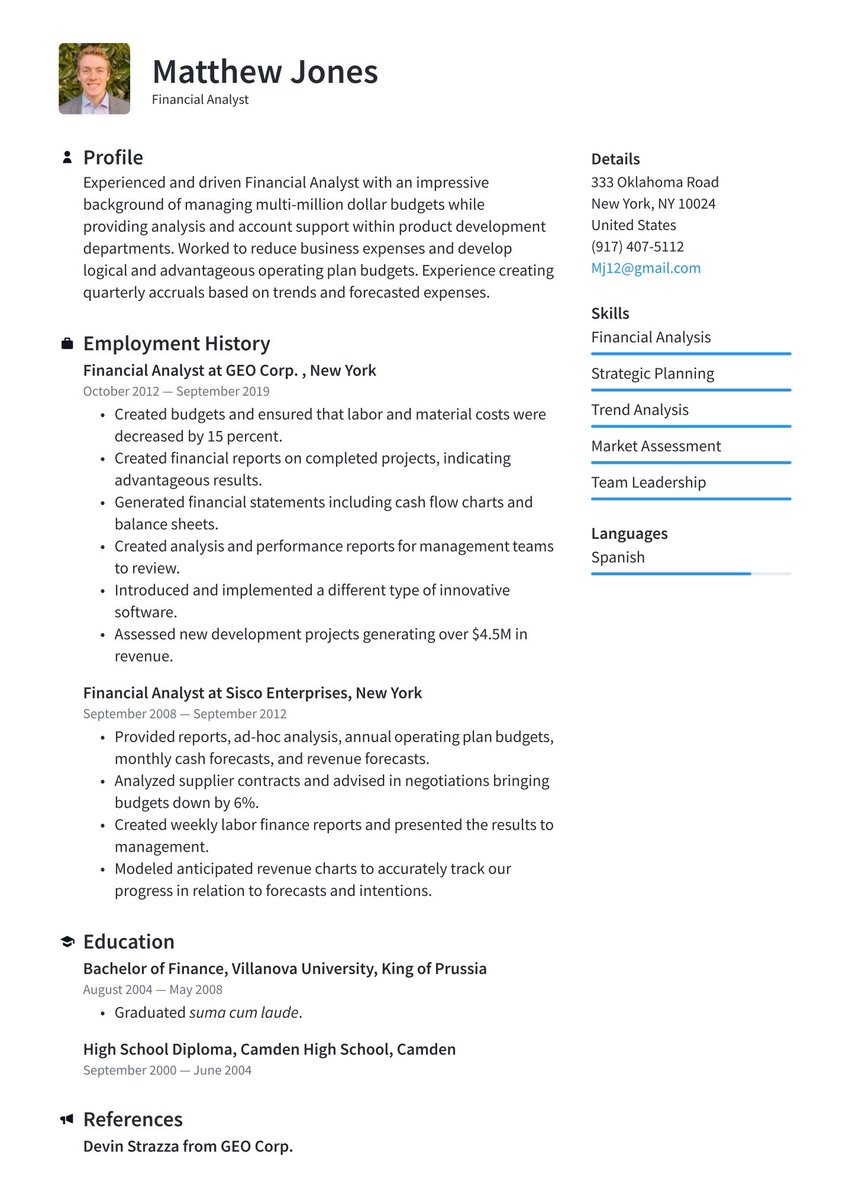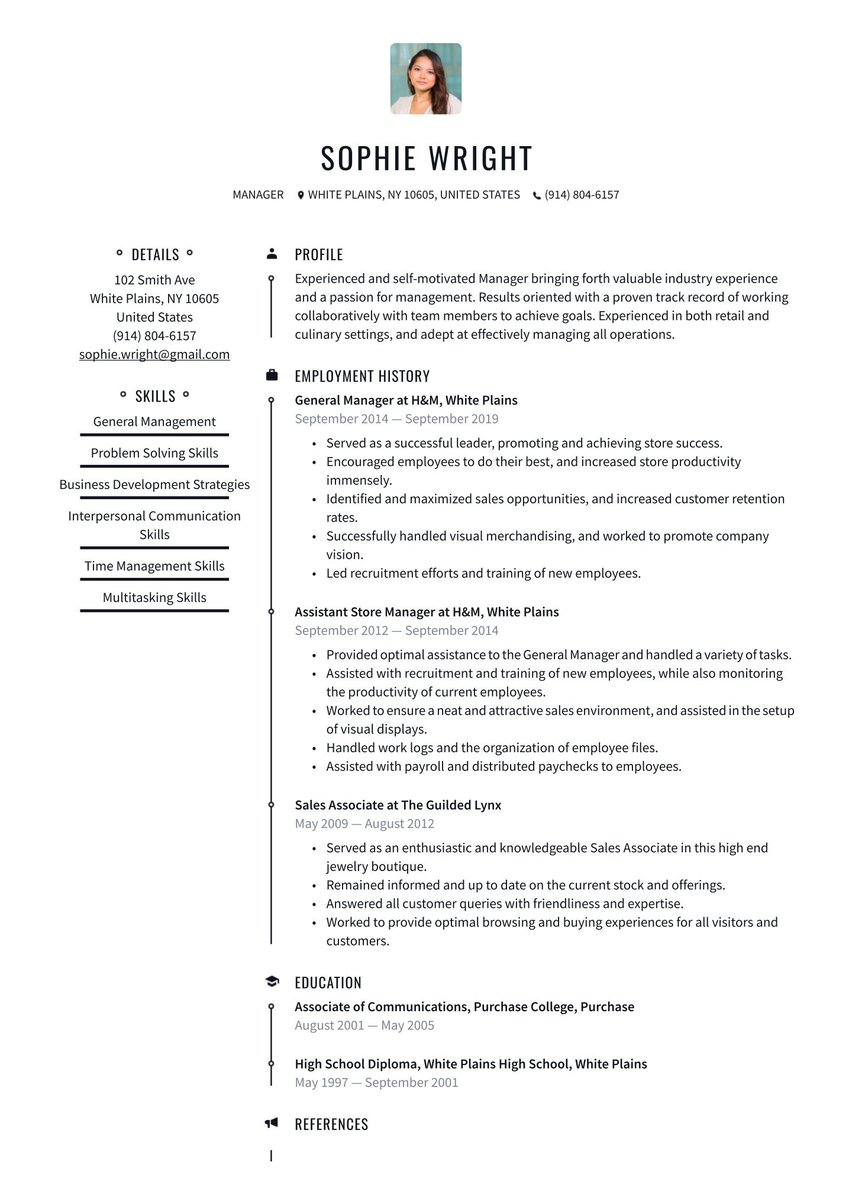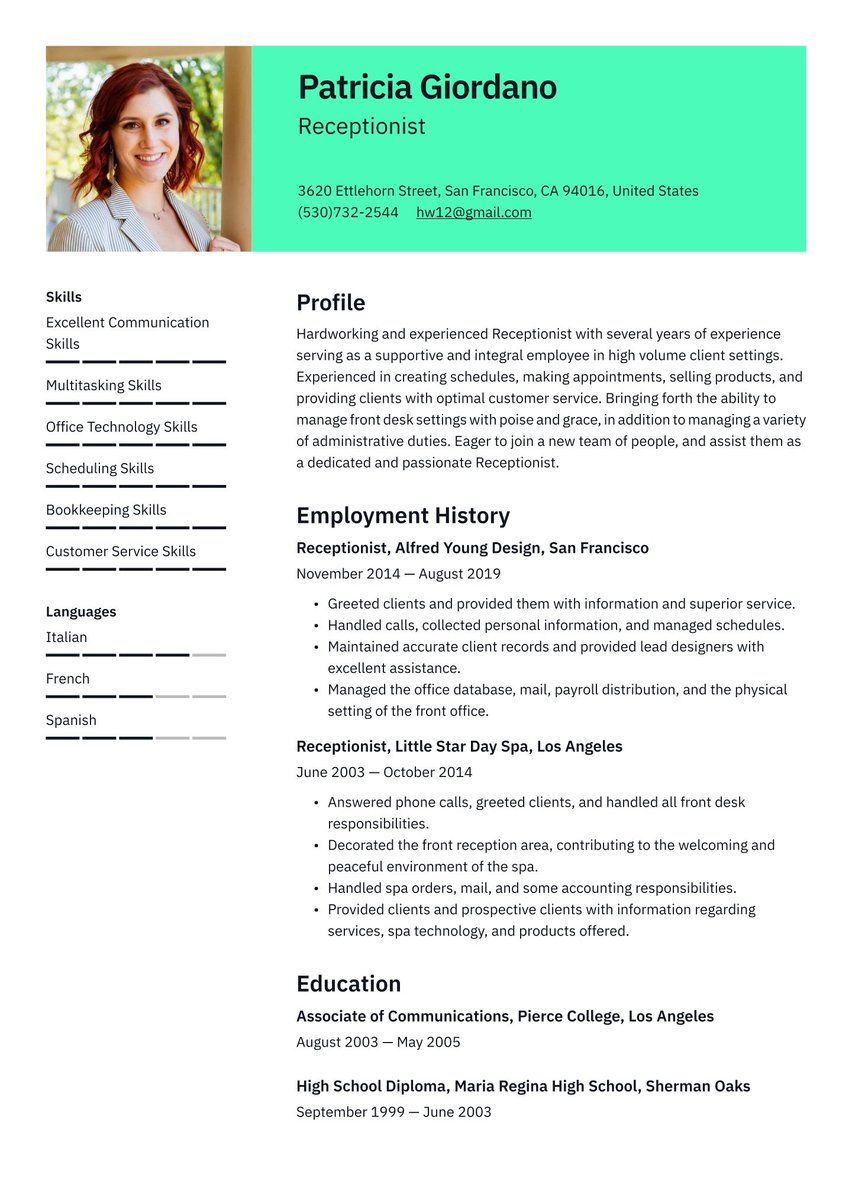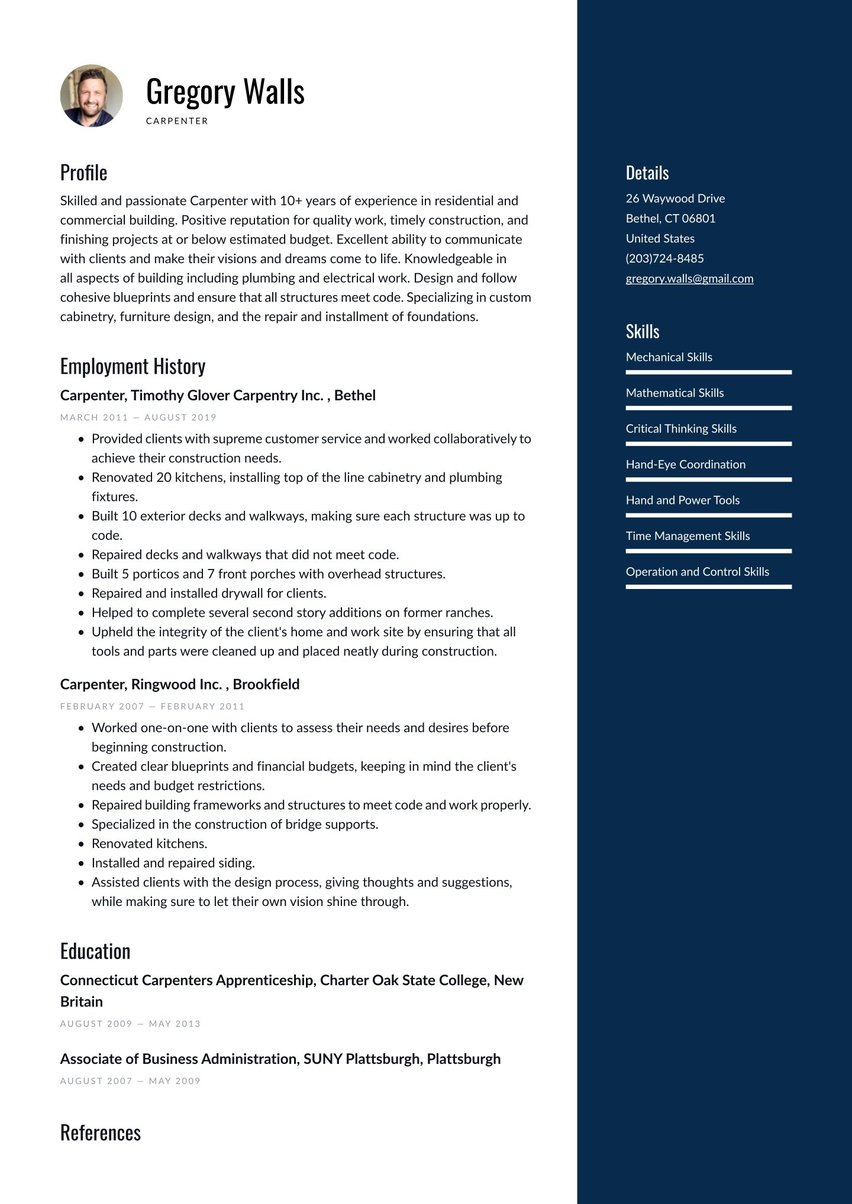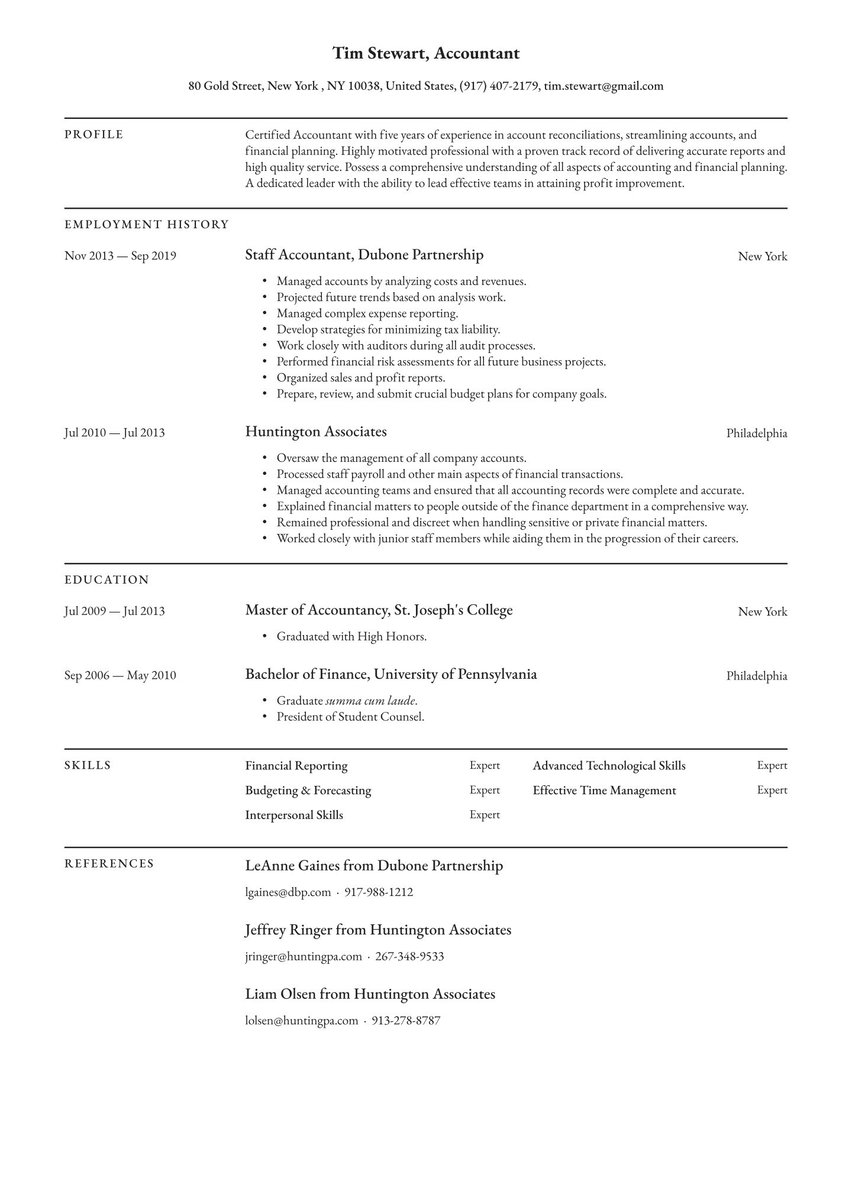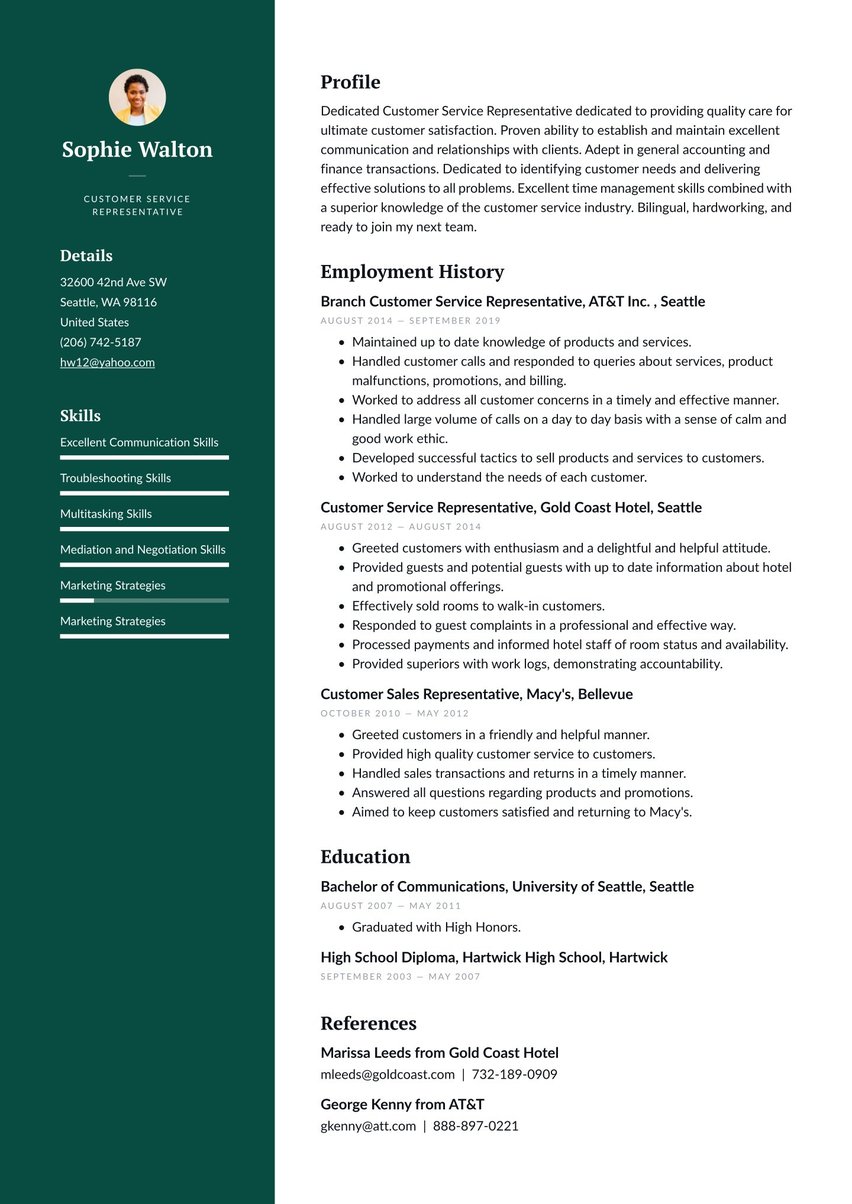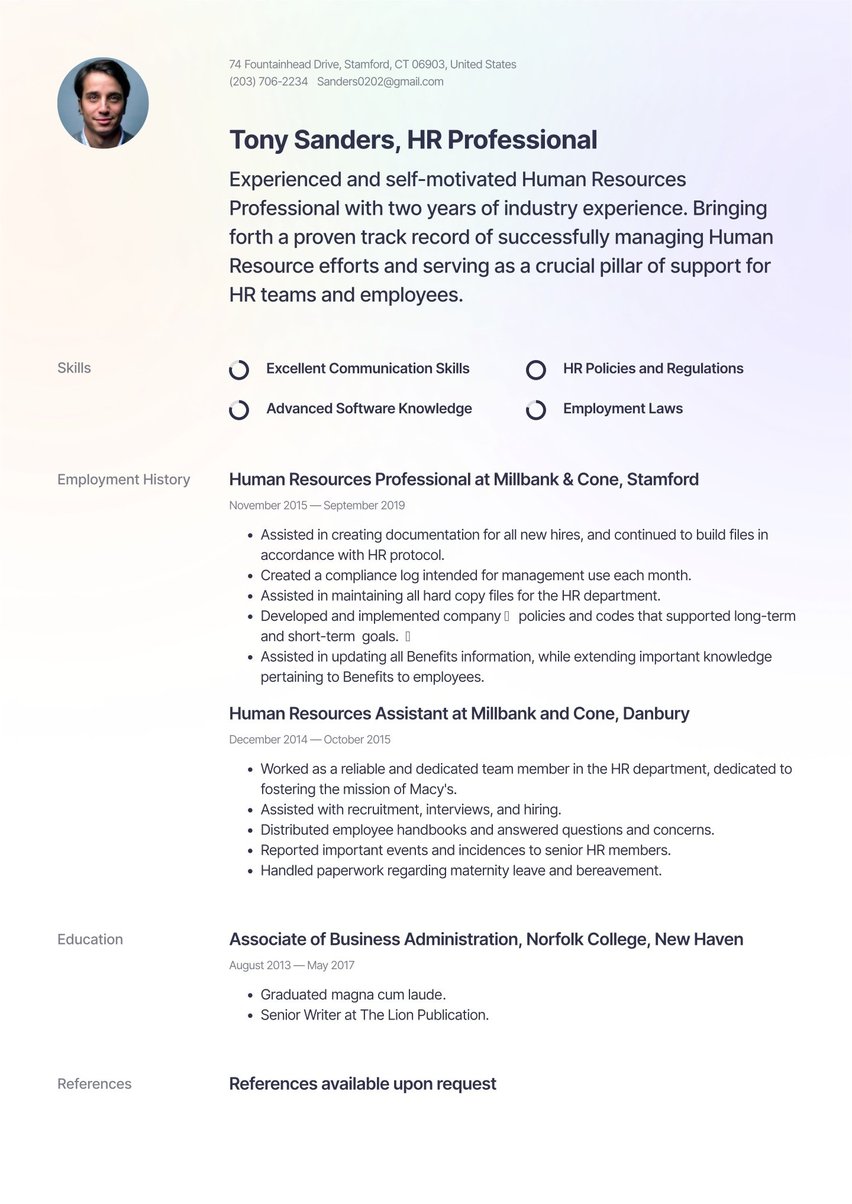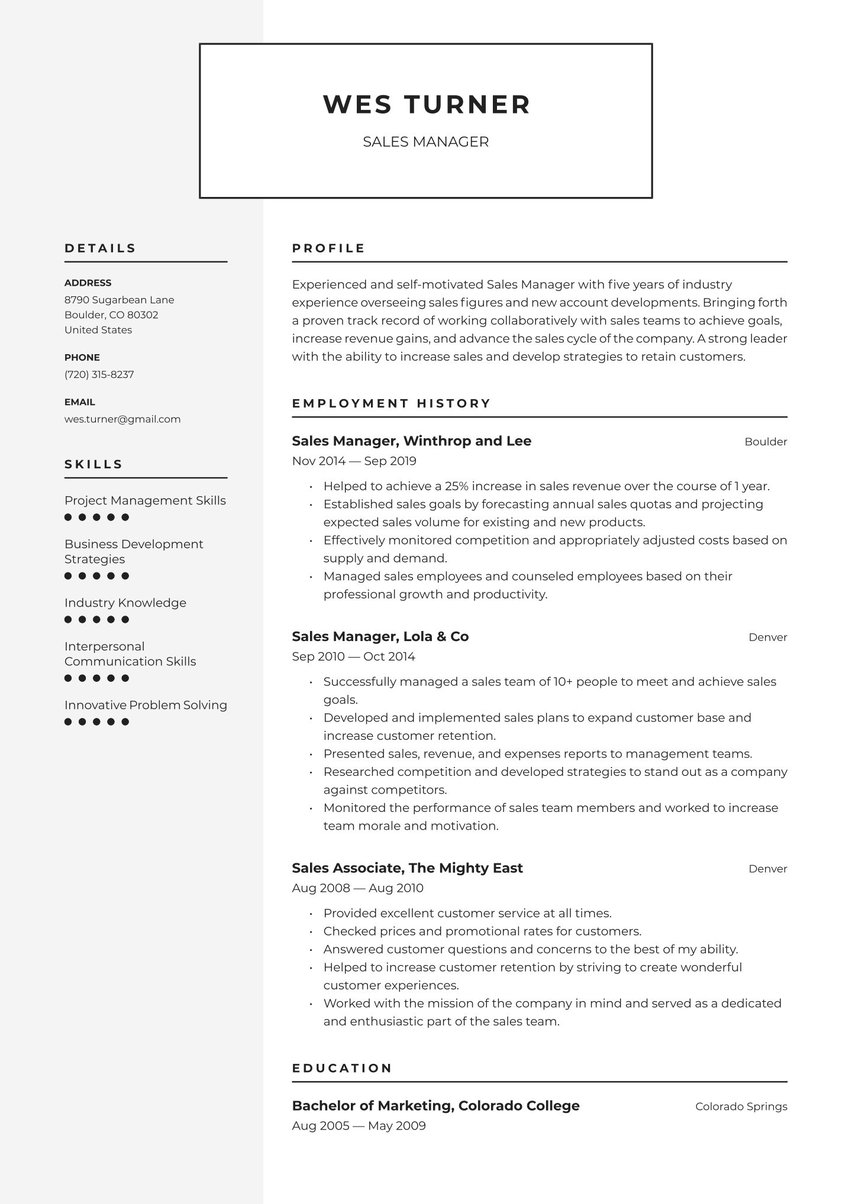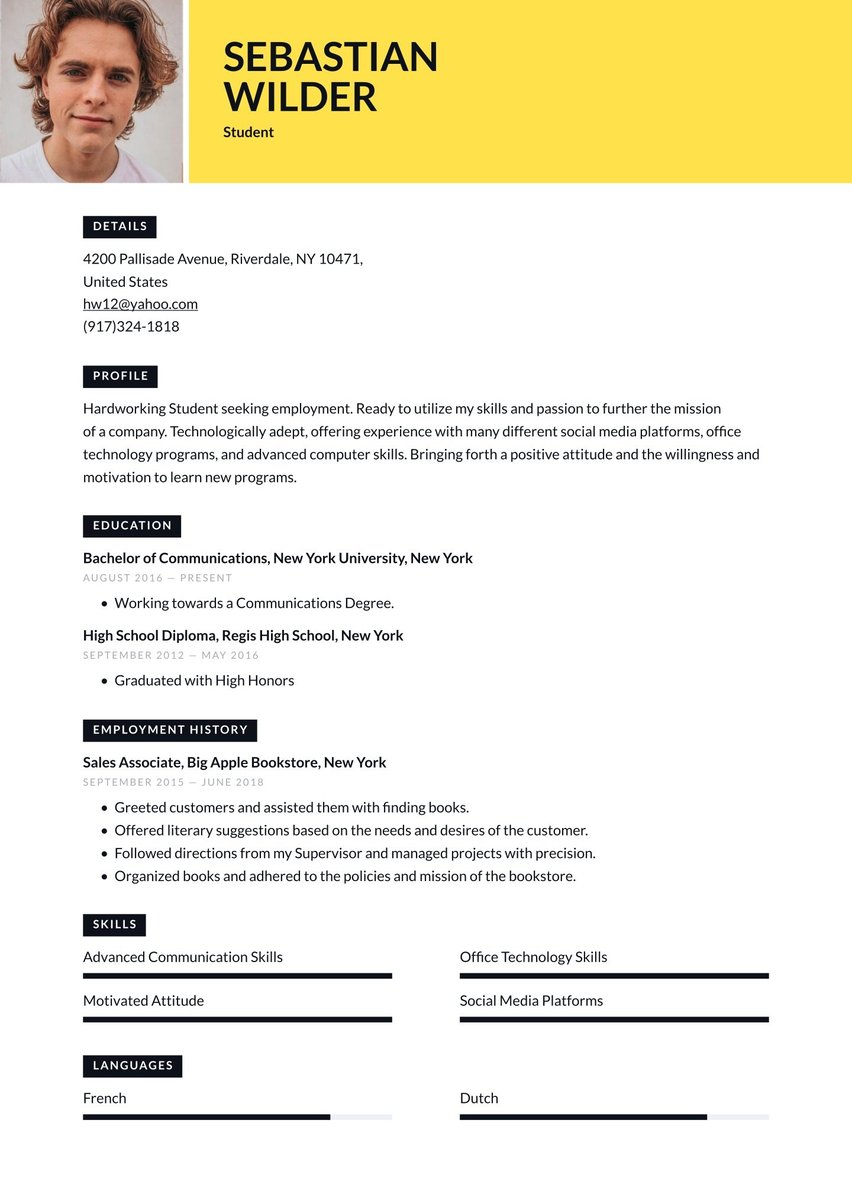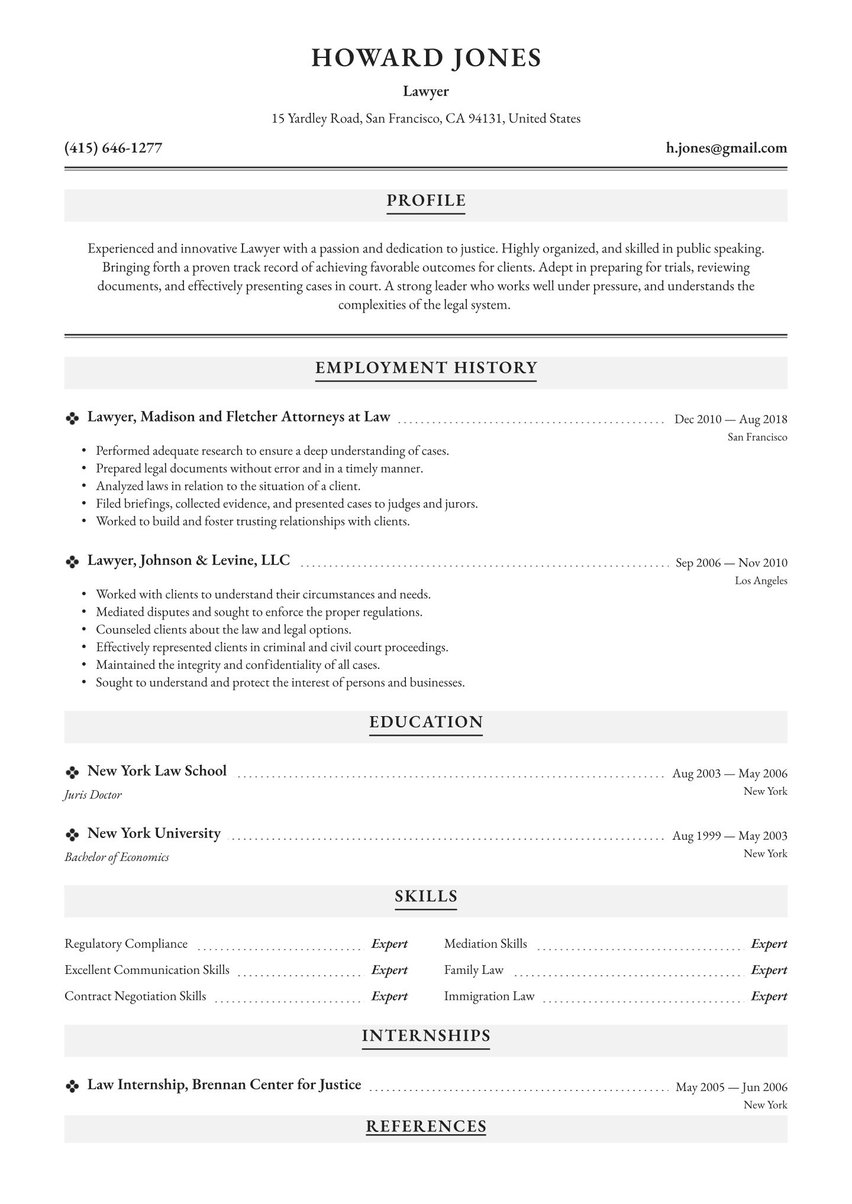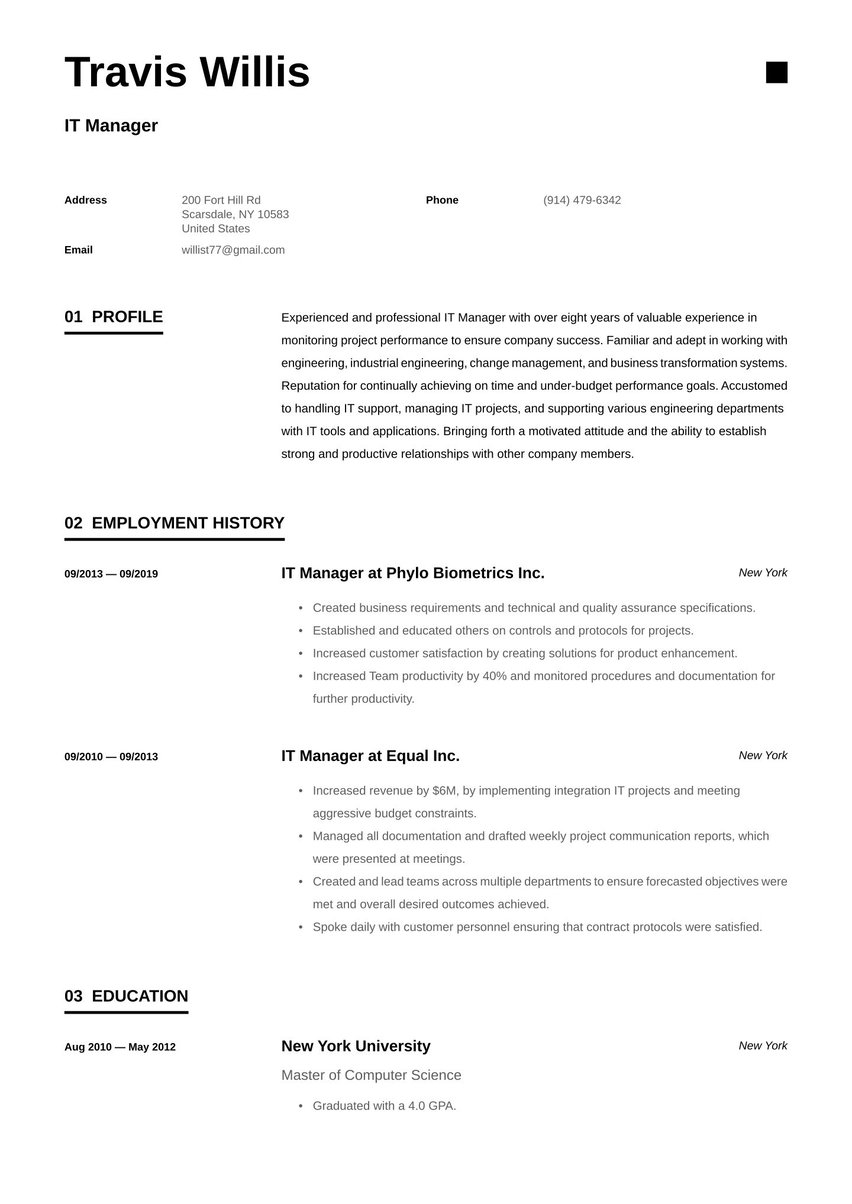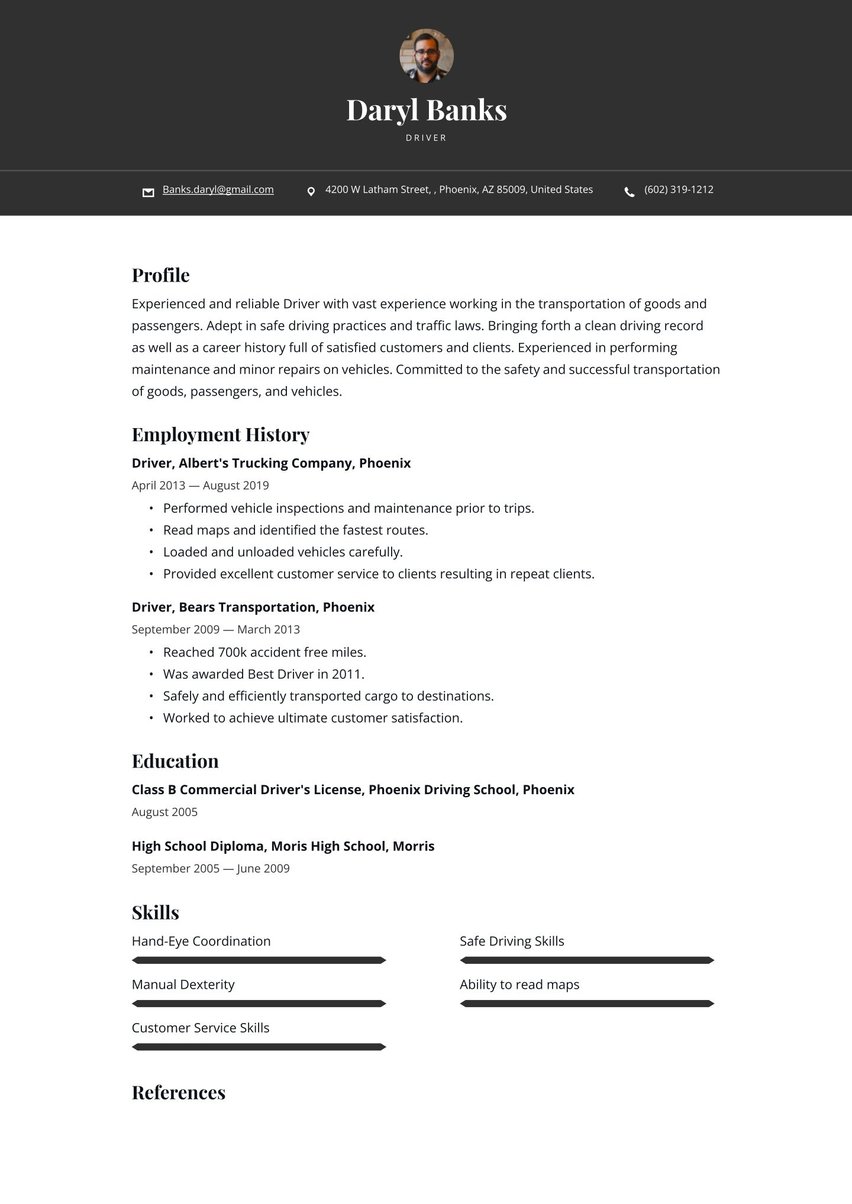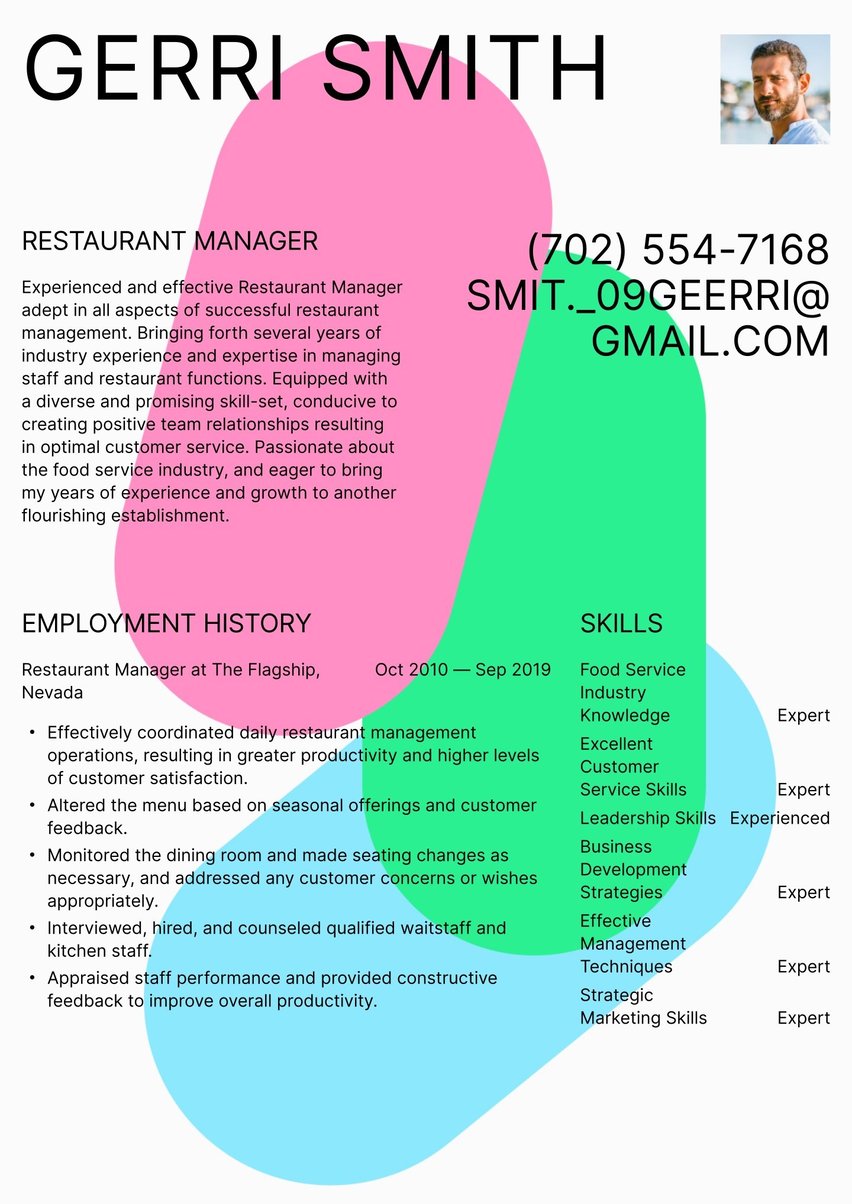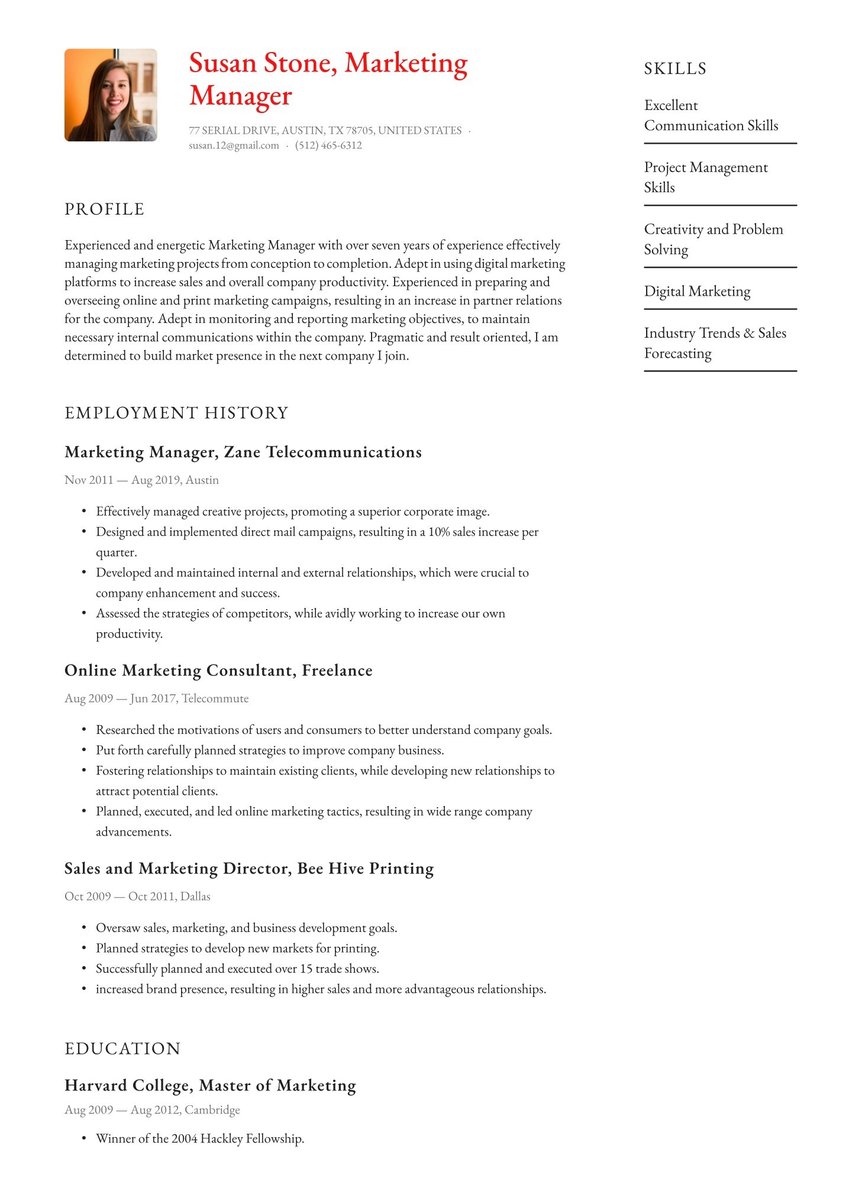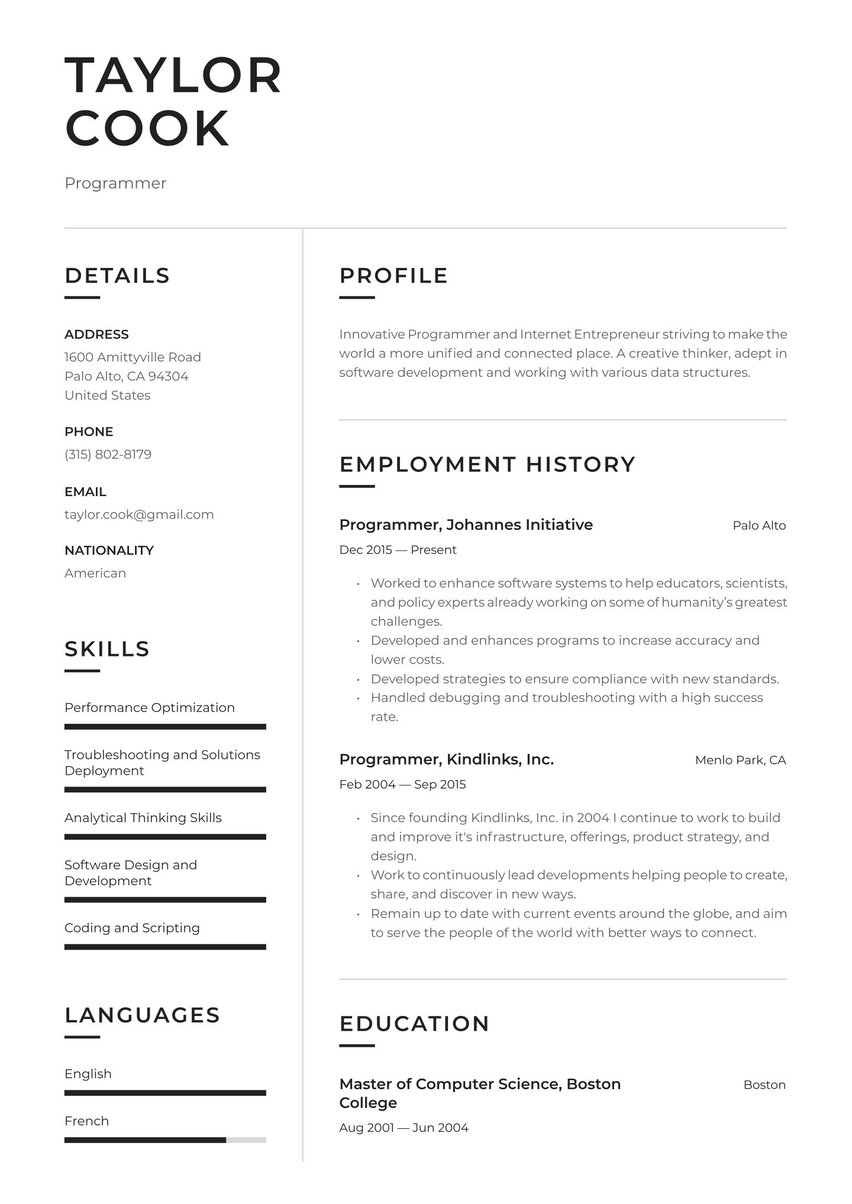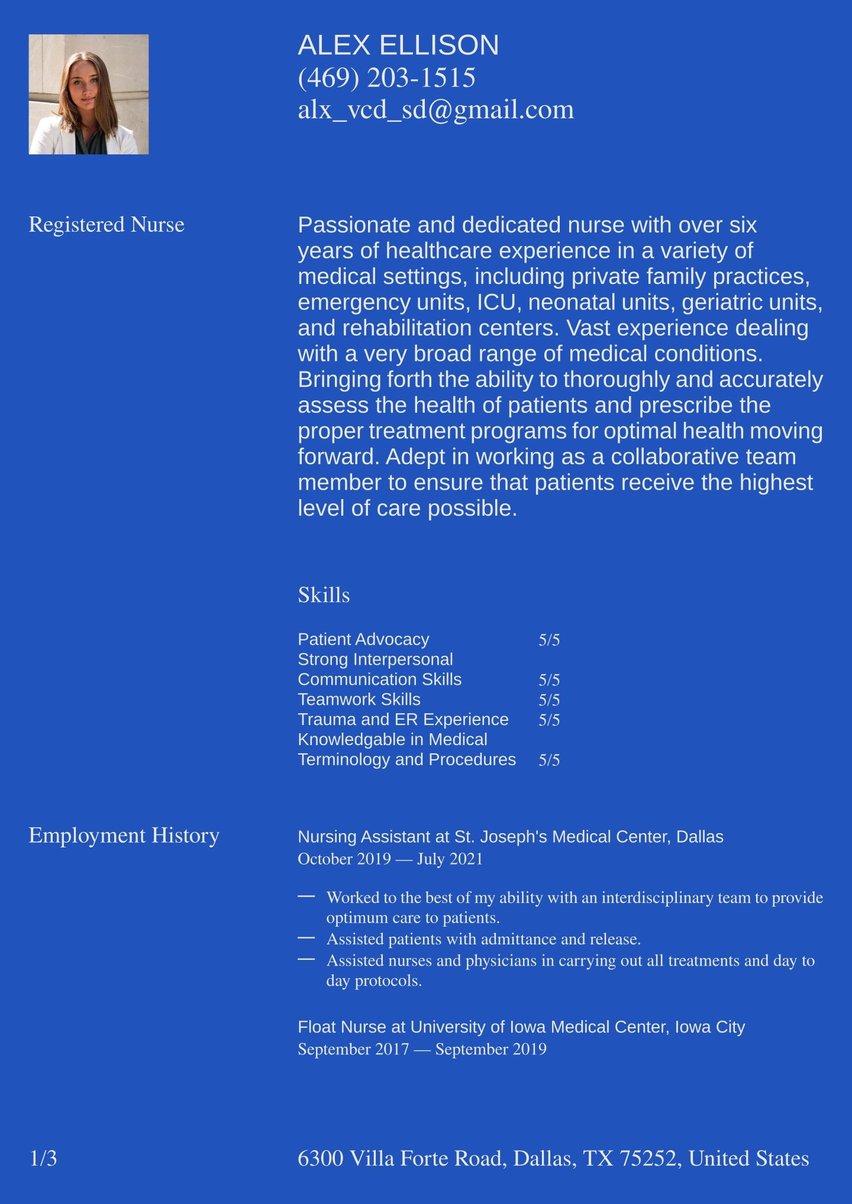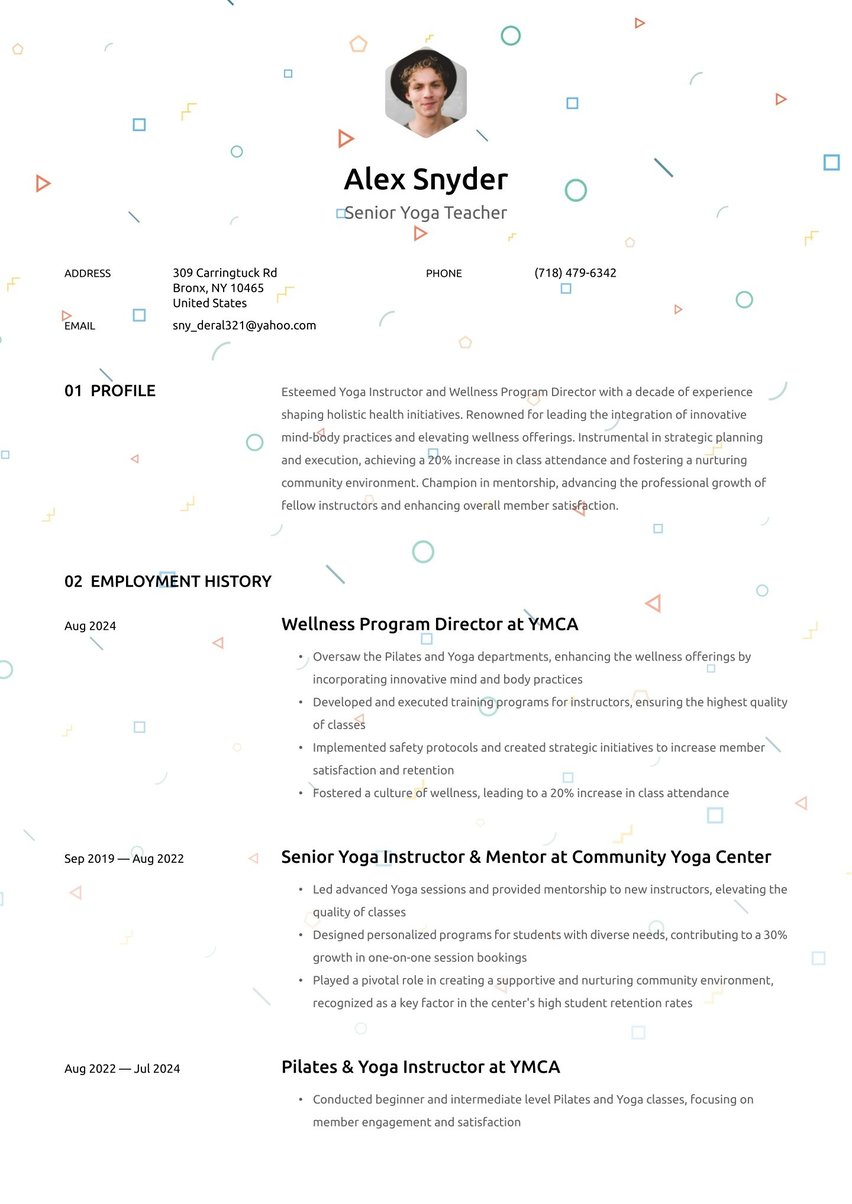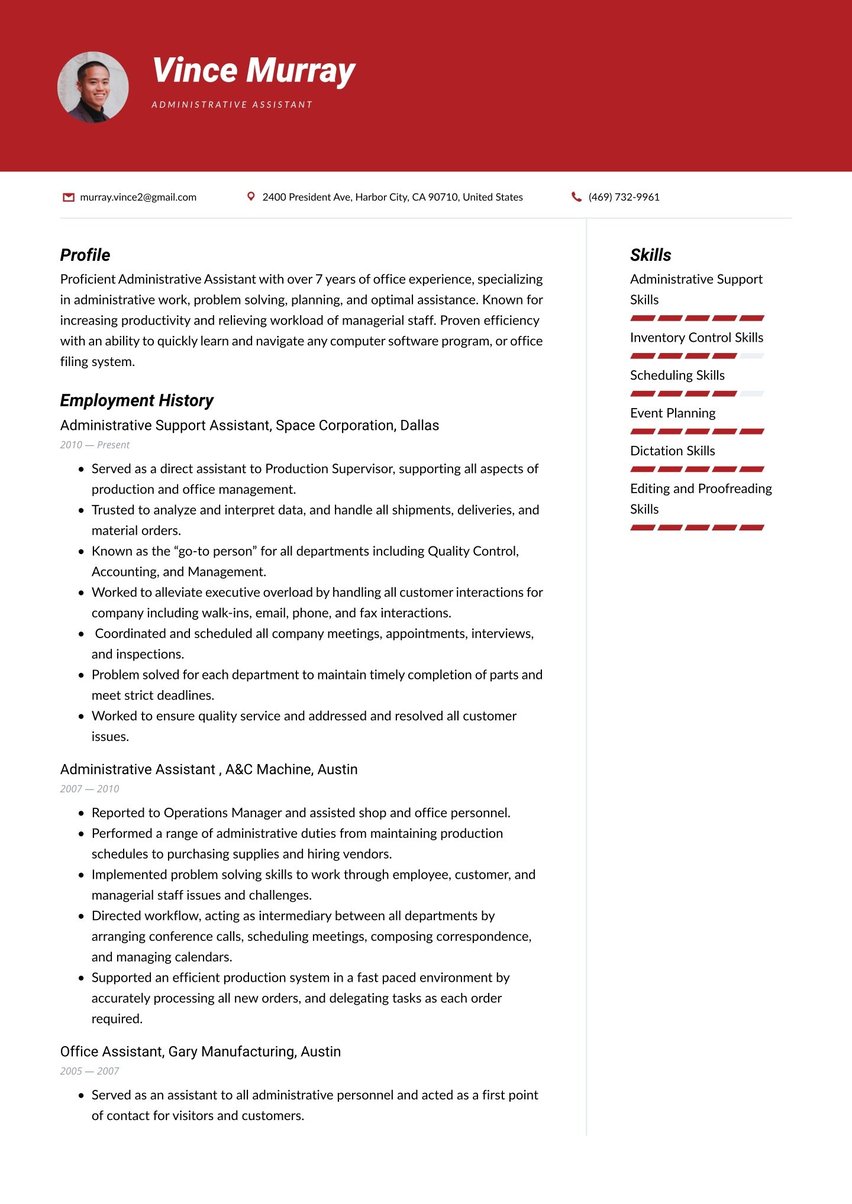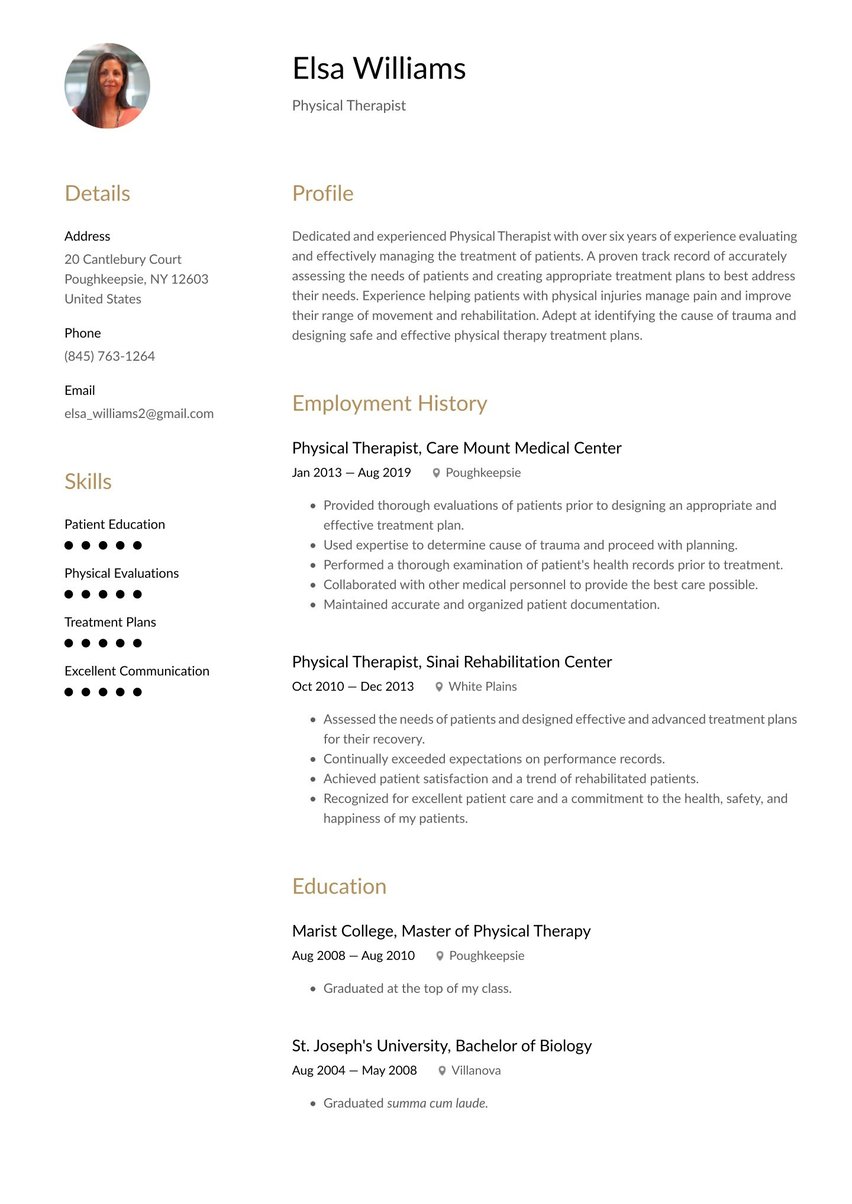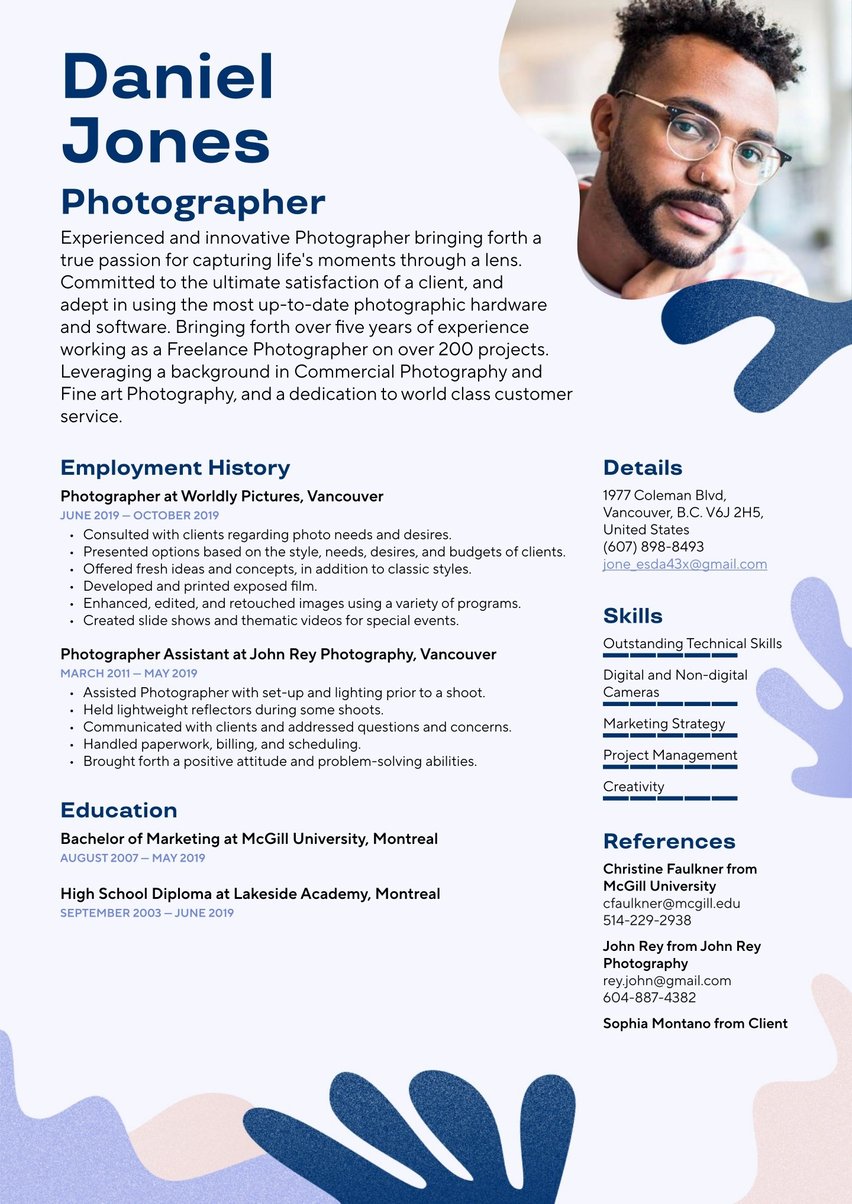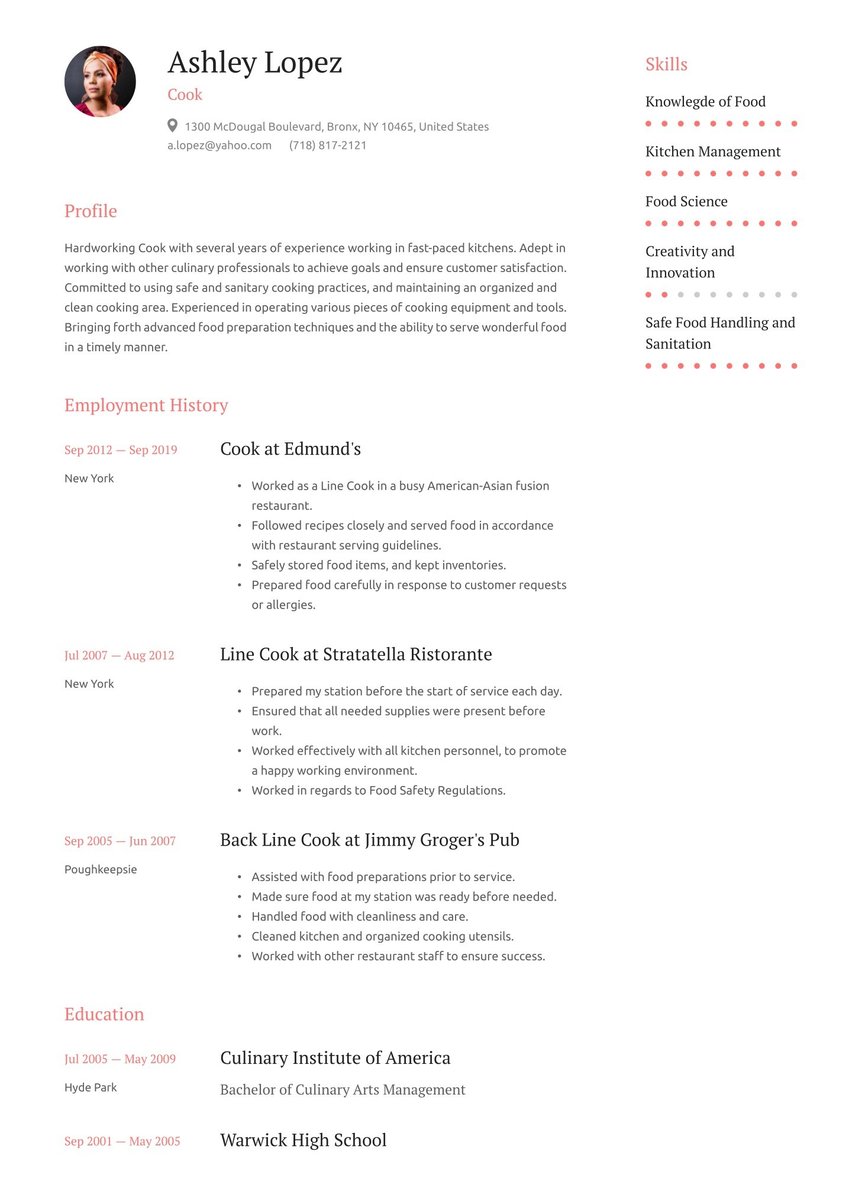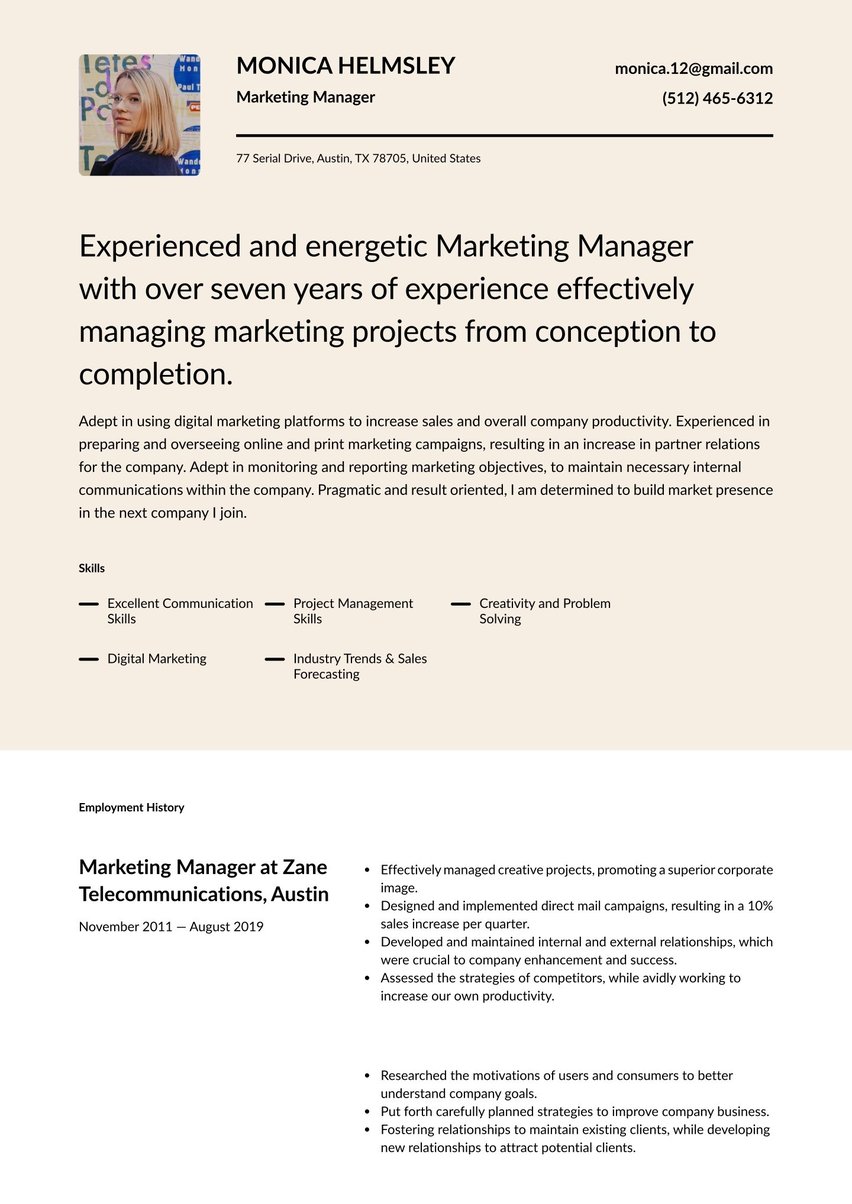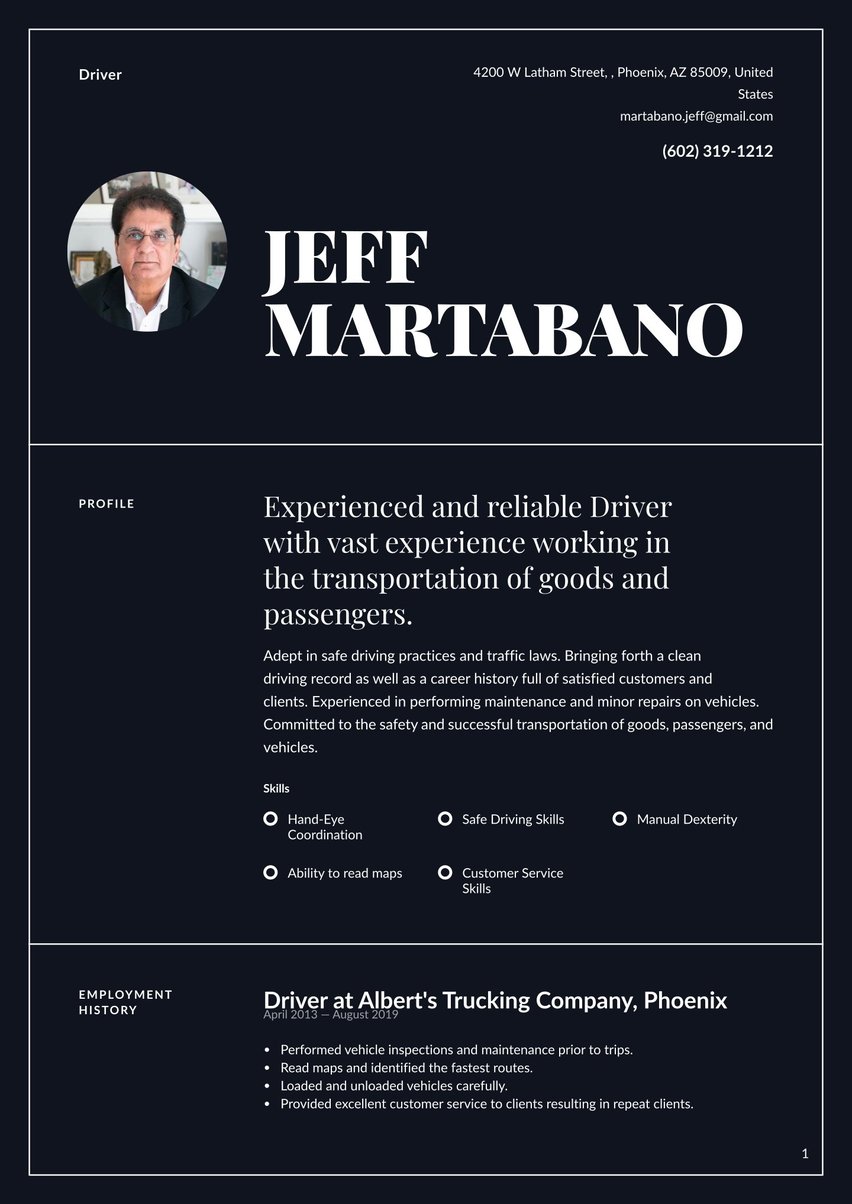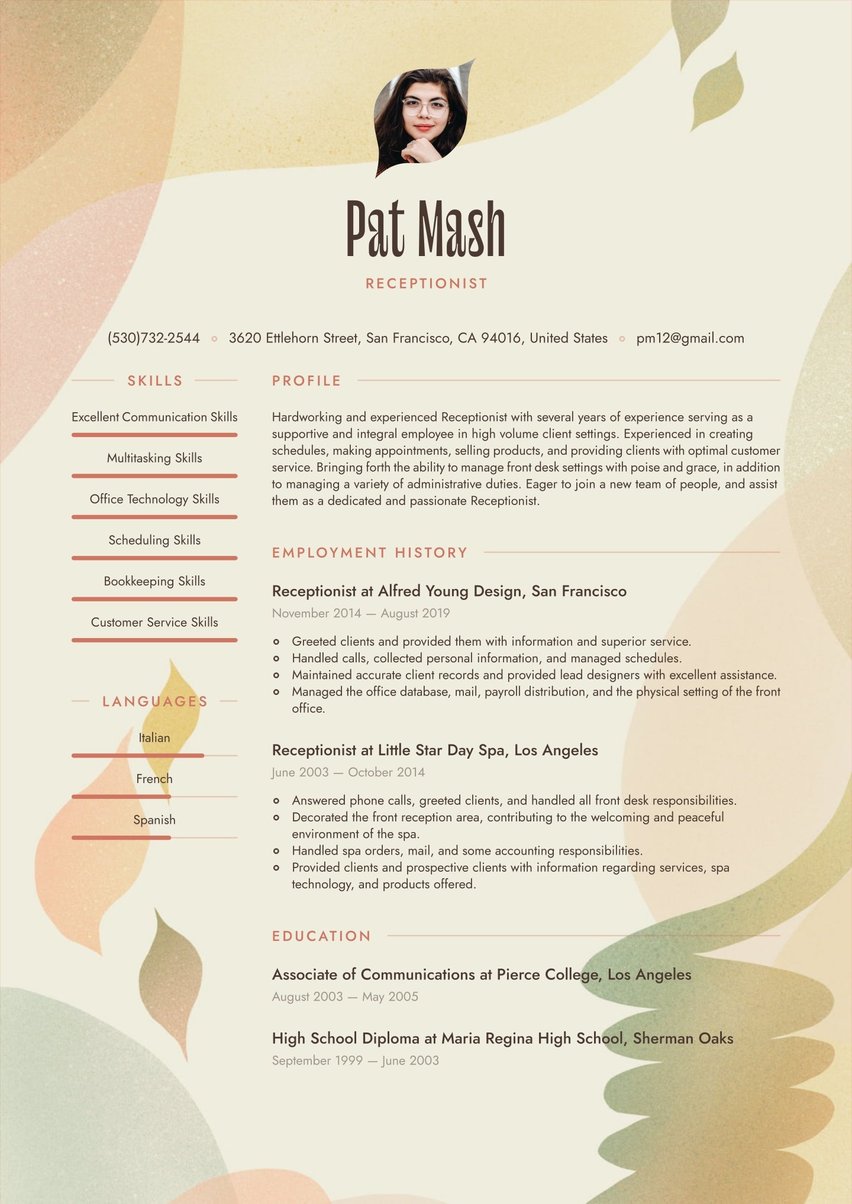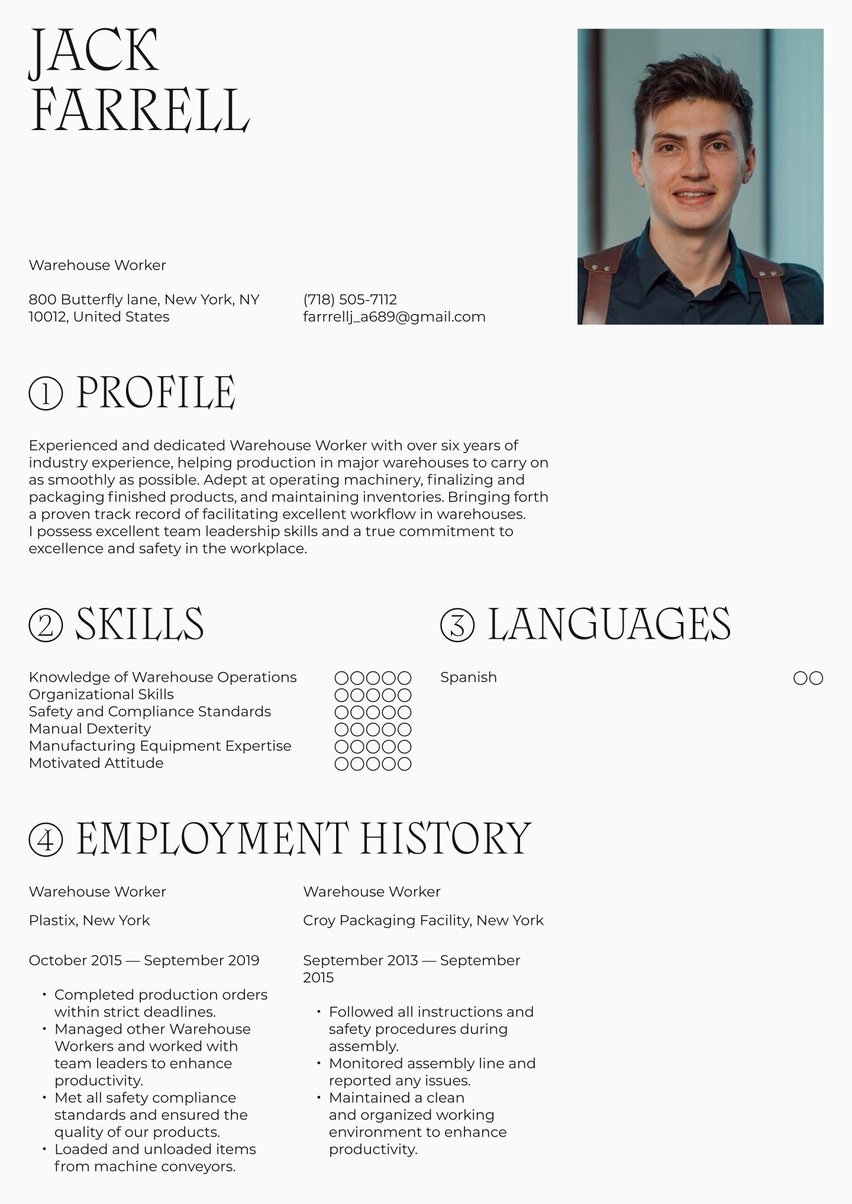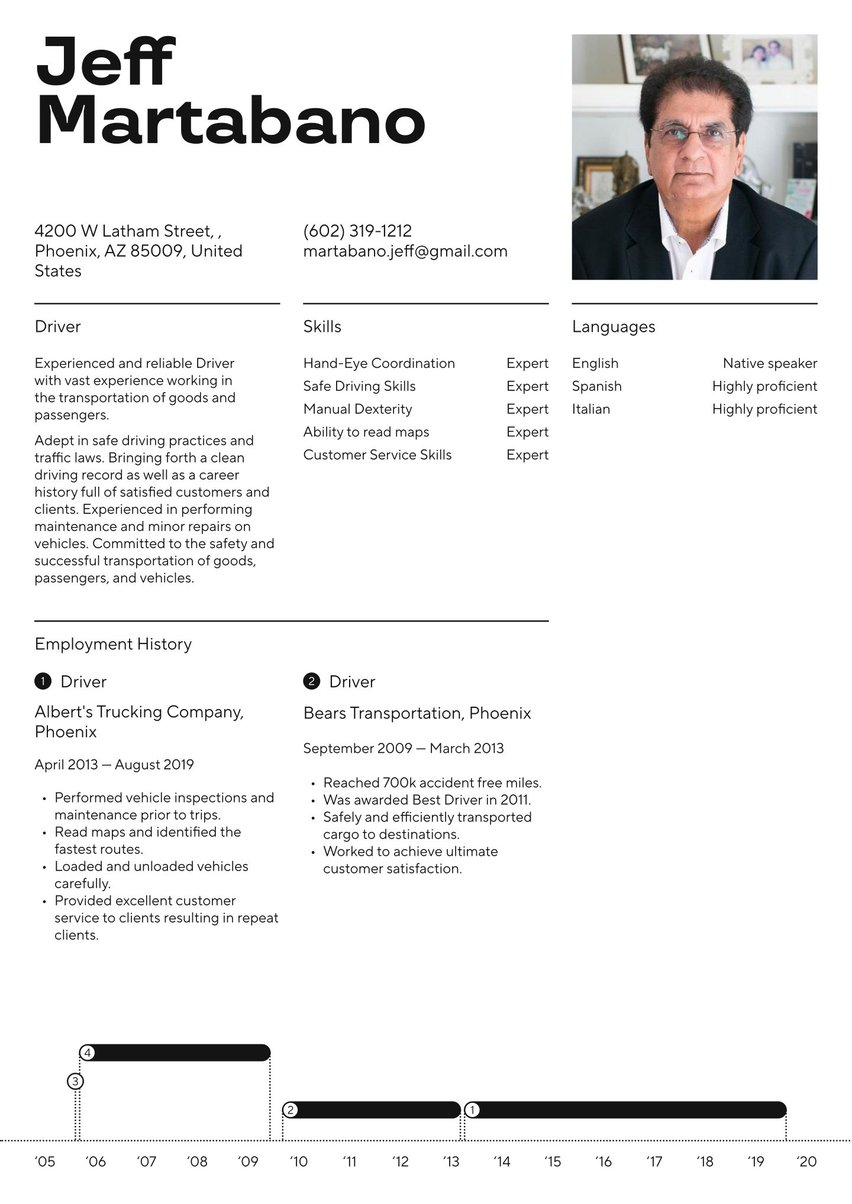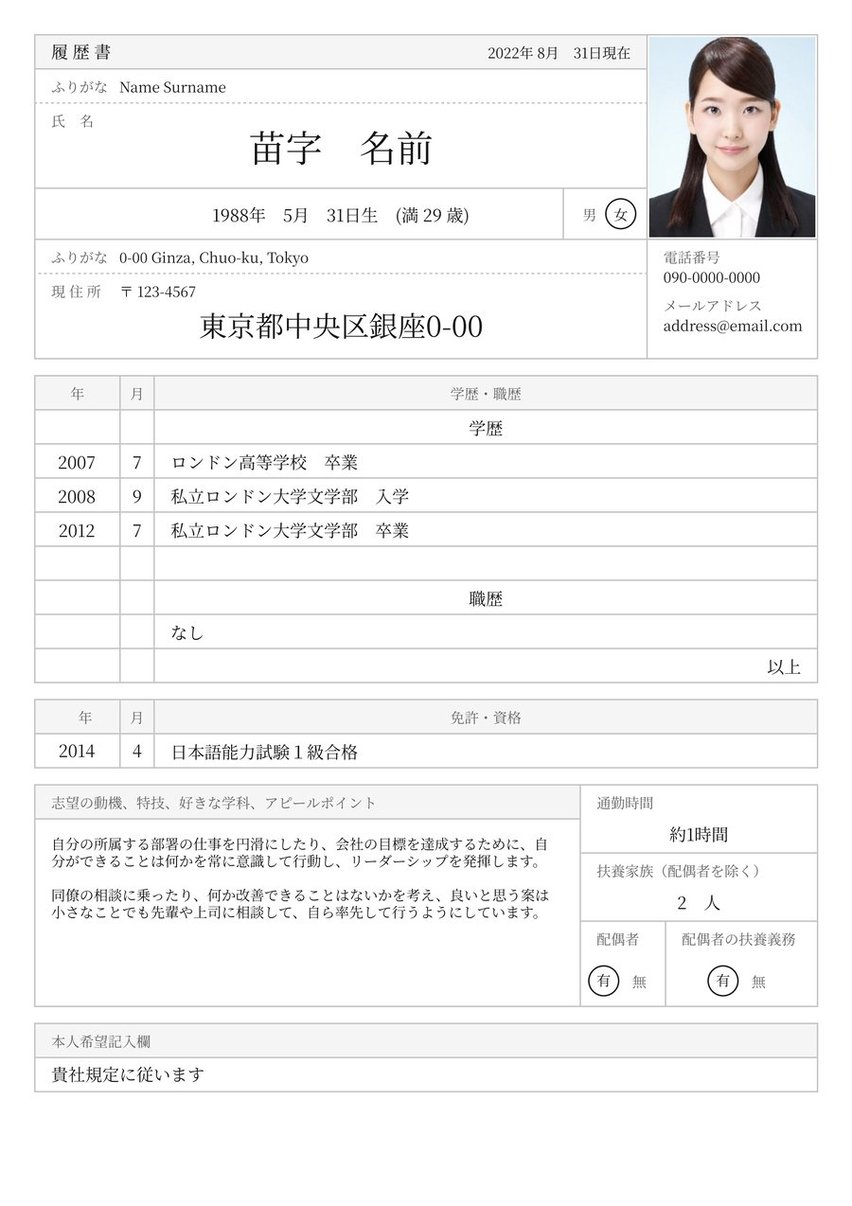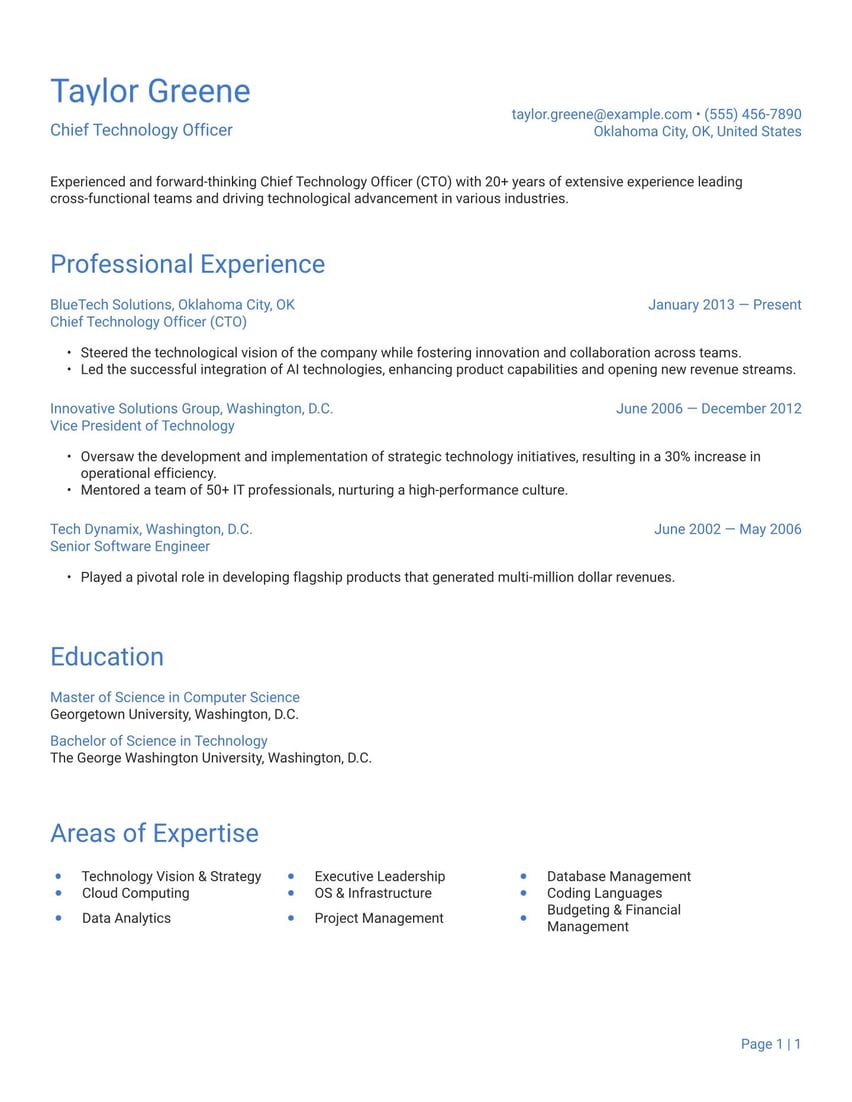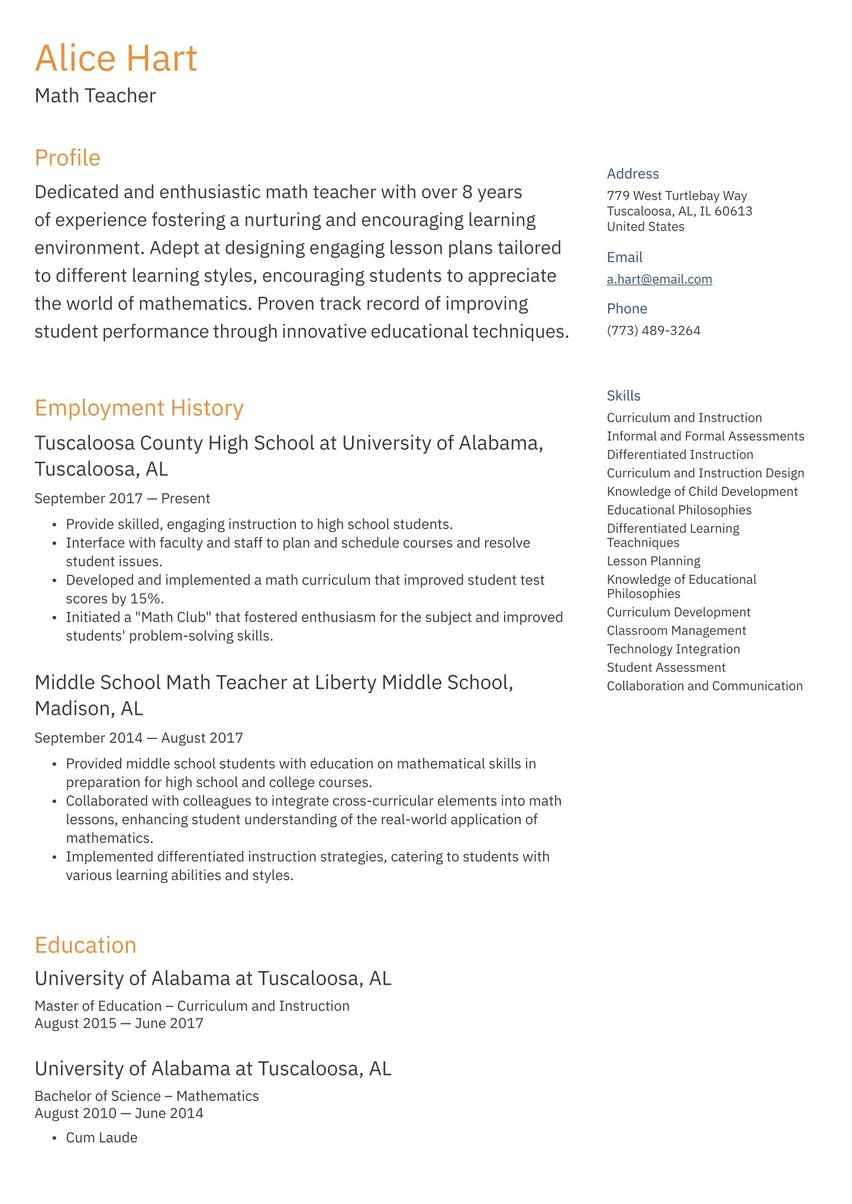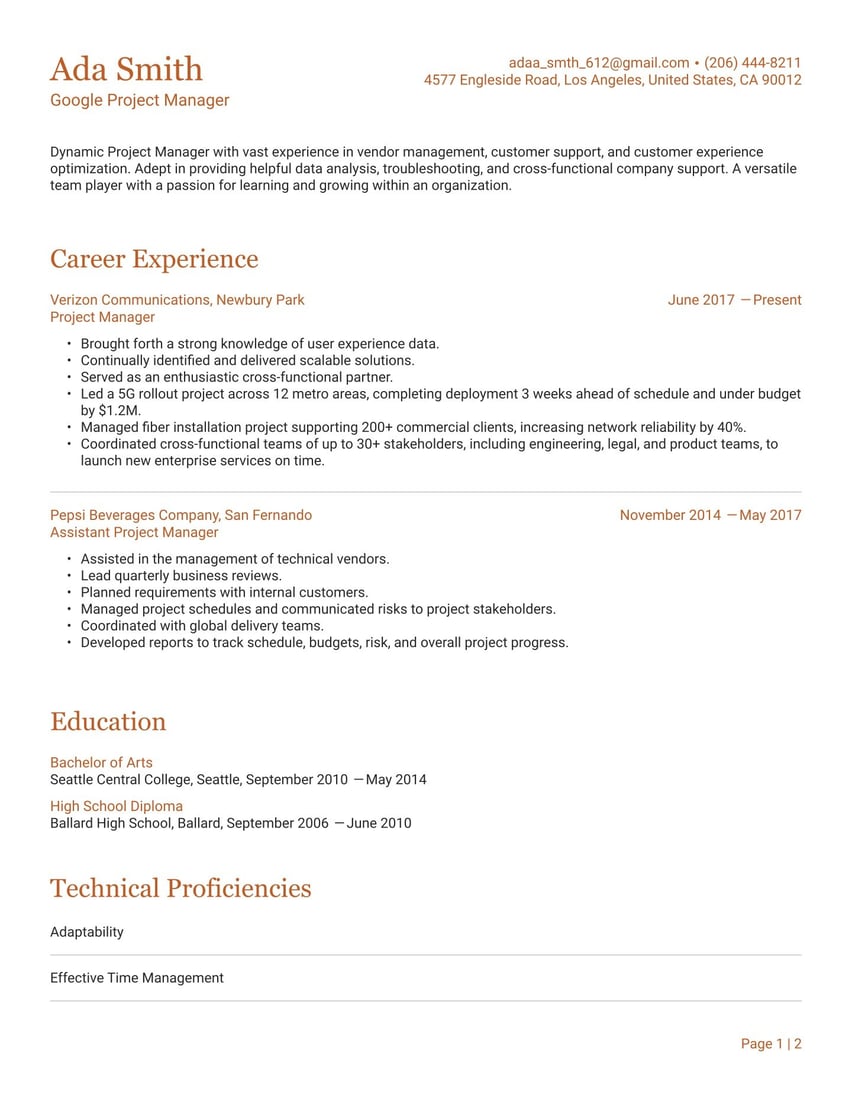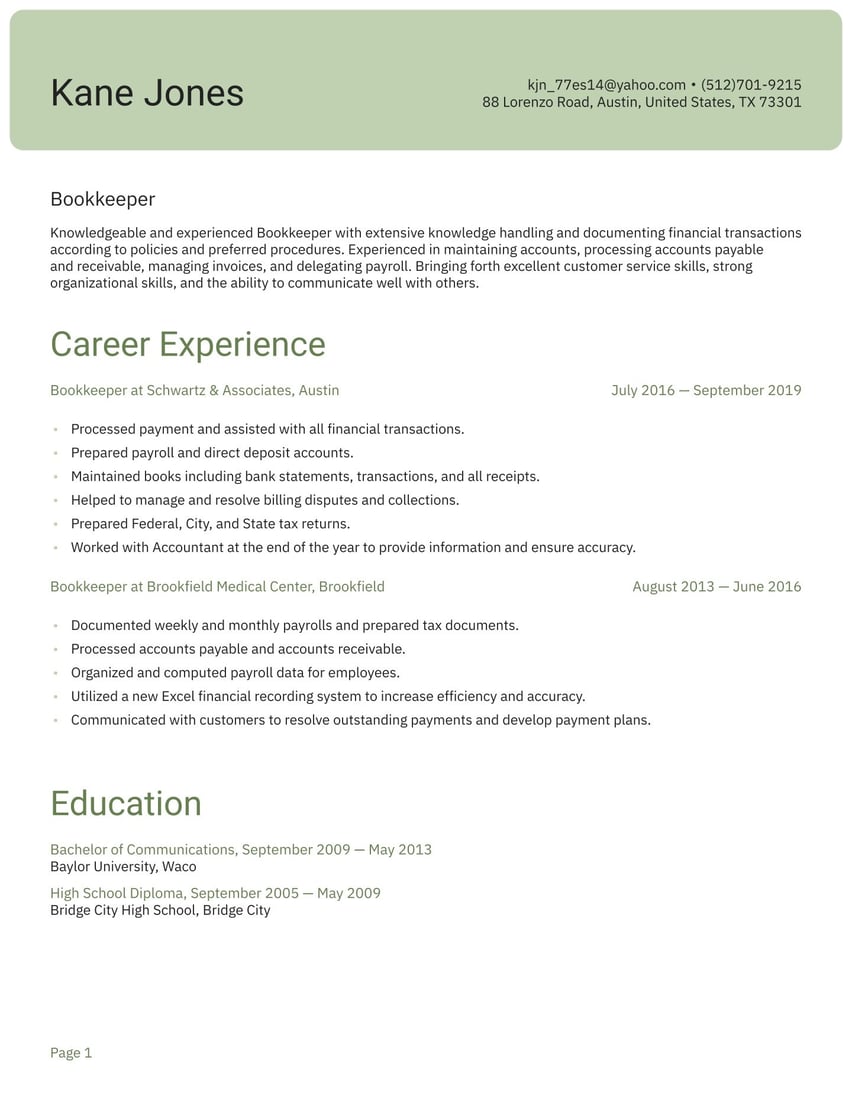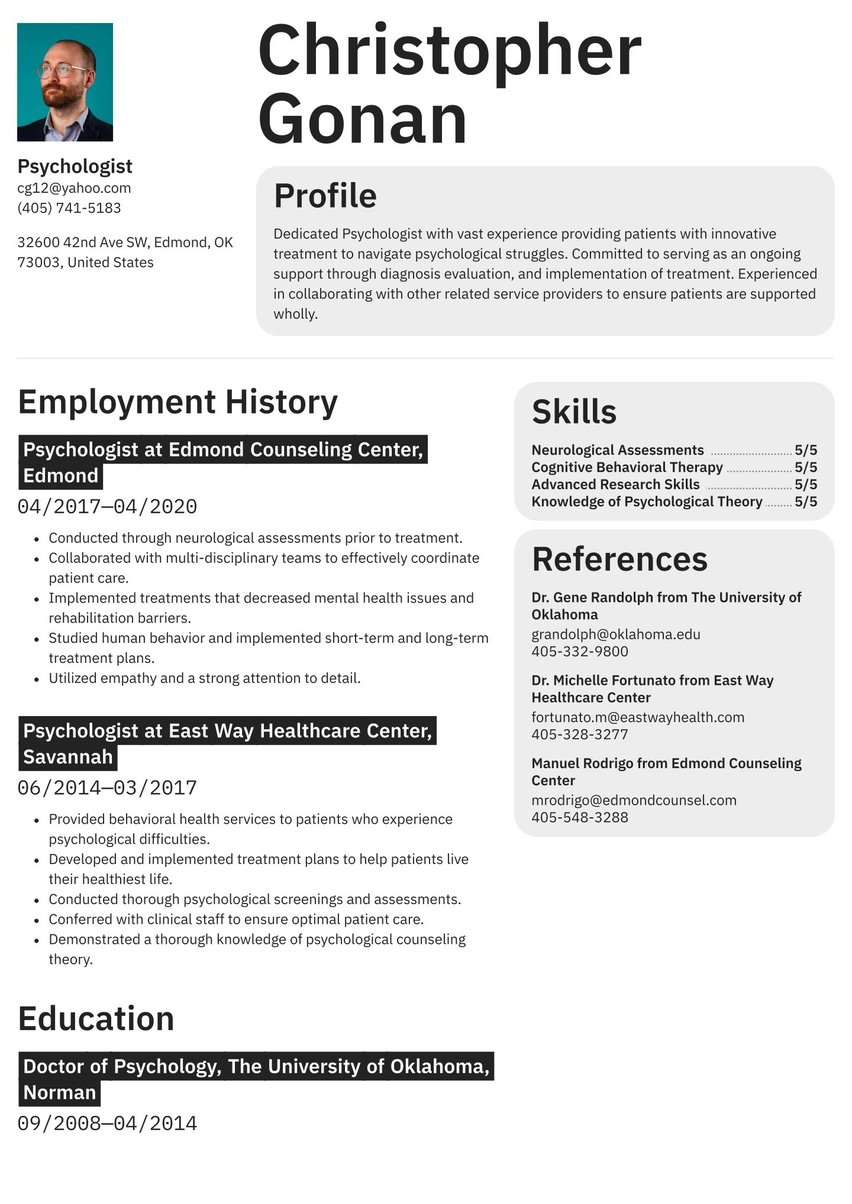Energetic and passionate Fitness Instructor and Trainer with several years of experience teaching group fitness and one on one classes. Highly trained and experienced in the areas of Yoga, Pilates, Strength Training, Flexibility Training, and Aerobics. I have a passion for designing fitness and nutrition programs that maximize results and help clients develop a true sense of well-being.
08/2015 - 09/2019, Fitness Instructor, Gym 27, Los Angeles
- Designed thoughtful and carefully planned classes to address the fitness levels and skills of class participants.
- Prepared clean and welcoming class environments, conducive to a healthy and happy experience.
- Guided participants in safe exercise practices, keeping in mind the physical limitations of specific participants.
- Administered fitness assessments, intended to keep participants in tune with the needs of their bodies.
- Counseled participants on proper nutrition and exercise habits.
08/2010 - 06/2017, Fitness Instructor, Your True Self, Los Angeles
- Proud owner of a fitness organization with records of serving more than 200 happy clients.
- Developed and implemented all fitness and nutrition programs for clients, while working one on one to help maximize the results.
- Conducted weekly assessments of a client's advancements and altered following sessions as needed.
- Worked tirelessly in helping clients to achieve their health and fitness goals, while giving them the necessary knowledge and tools to maintain their goals for a lifetime.
08/2007 - 05/2011, Bachelor of Communications, California State University, Los Angeles
09/2003 - 05/2007, High School Diploma, Norwalk High School, Norwalk
- Independetly Motivated
- Strong Interpersonal Skills
- CPR and First Aid Certified
- Excellent Planner
Writing a personal trainer resume requires some heavy lifting. You need to use your kinesthetic knowledge and motivational skills to create a professional resume that will get hiring managers’ hearts racing! So, how can you hit the mark?
Personal Trainer resume examples by experience level
When writing your personal trainer resume, you need to include a wealth of information that piques the reader’s interest. If your document falls flat, there’s little chance you’ll land that all-important interview.
Resume guide for a personal trainer resume
Reach your full potential resume.io. We’ve got guides and resume examples that cover over 500 professions. Use our resume builder to create a compelling resume faster than ever.
This resume guide and corresponding personal trainer resume example will cover the following:
- How to write a personal trainer resume
- Choosing the right resume format for a personal trainer
- How to add your contact information
- Using summaries
- Adding your personal training experience
- Listing education and relevant experience
- Picking the right resume design/layout
- What the personal trainer market looks like, and what salary you can expect
How to write a personal trainer resume
Before working on your personal trainer resume, you need to know what to include in this document. We’ve done the work for you. Here are the elements to feature:
- The resume header
- The resume summary (aka profile or personal statement)
- The employment history section
- The resume skills section
- The education section
We’ll go into detail about the personal trainer resume sections later in this guide, but for now, make sure you follow this time-tested structure (which is built into our resume examples).
Your job is to convince hiring managers that you are the right person for the job; that not only is your knowledge of fitness and physiology impeccable, but that you also have people skills and innovative ideas to keep your clients from getting exercise fatigue. Start by identifying your unique selling proposition (USP) as this can lead your personal trainer resume.
Let’s take a look at some general guidance you can use when writing yours:
- Using strong descriptive language, without crossing the line into bragging territory will make your personal trainer resume a convincing one.
- Highlight accomplishments not simply duties. You can do this by backing up some of your points with statistics or numbers.
- Always tailor each version of the resume to the gym and position you’re applying for. Make sure you do your research and let the hiring manager know this.
- Use a professional design that suits the industry. Hint: You can use our resume templates to help you get this right.
- If you plan on submitting your application online, optimize your resume with appropriate keywords. This will help you get past the ATS screening software. You can also boost your chances by using an ATS resume template.
Optimize for the ATS
Have you heard about Applicant Tracking Systems (ATS)? These programs rank incoming resumes by how well they meet the demand of the role. They do this by keyword inclusion. Since only the highest-ranking resumes pass the test, it pays to optimize your application.
For example, the personal trainer job posting lists the following requirements:
- “Personal trainer”
- “5+ years of experience”
- “Knowledgeable of nutrition”
- “CPR/AED Certification”
- “Strong communication skills”
Your resume profile summary, when integrating the keywords, could read:
“Certified personal trainer (CPT) with 5 years of experience and strong communication skills. Boasts a deep knowledge of nutrition and CPR/AED Certifications.”
To learn more about conquering the ATS, check out our article Resume ATS optimization.
Choosing the right resume format for personal training
When considering the best resume format for a personal trainer, people usually mean one of two things:
- Which type of resume they're going to use
- What type of layout and formatting rules to follow
When it comes to personal trainer resumes, both the functional and reverse chronological order resume formats may be applicable. In fact, it's one of the few professions where it's entirely dependent on your skills and career history. The reverse chronological format places the most emphasis on your employment history section by showcasing the most recent jobs first and the oldest last.
This resume format is good for trainers who have worked mostly at fitness companies, gyms and similar organizations. It's also especially good if you have some prestigious or well-known employers on that list. This resume format makes the work experience section quite large, using numerous bullet points to showcase achievements at your past jobs.
If, on the other hand, you are a personal trainer who worked mostly with individual clients outside of gyms or if you're a trainer with specialized skills, you might want to check out the functional format.
This resume format moves the skills section up in priority and makes it larger, ensuring that the hiring manager sees your important professional abilities first and pays more attention to them. At the end of the day, only you can determine which resume format is best for you. It's fair to say, however, that most candidates go with reverse chronological (it's also the default format in our resume examples).
Take a look at the resume templates in our resume builder and choose the format that best suits your situation. You can also check out our many resume examples to give you inspiration.
Include your contact information
Chances are, you already have business cards. Think of the header as your resume’s business card. It includes your contact details so the hiring manager can reach out to you.
Here’s a quick rundown of all the things you should include in your header:
- Full name & title. Start with your first and last name plus the job title.
- Professional email address. Use a professional email address, such as one that includes your full name or initials.
- Phone number. Next, list a number where you can be reached during work hours.
- Location. Only include your city and state. You don’t need to put your whole address. It’s outdated and unsafe. Add ' Willing to Relocate' here too, if applicable.
- LinkedIn. So long as your LinkedIn profile is active and relevant, include it.
- Instagram. If your Instagram showcases your fitness training (i.e. includes videos and guides), you should include it here. Don’t add a link to a personal Instagram.
- Photo. Include a headshot, if you want to do so.
Don’t include:
- Date of birth. This is not necessary and could lead to age discrimination.
- Personal details. Marital status, social security number, passport number, etc.
Samuel Jones
Personal Trainer
Los Angeles, CA
210 8328 3347
sam.jones@email.com
Samuel Jones
Married
Age: 24
Personal Trainer
14 Cherry St, Los Angeles, CA
210 8328 3347
sonicyouthislife@email.com
Make use of a summary
What’s your style? That’s a big part of the question you will answer in your resume profile, also known as a summary statement. Personality plays a big role in your career, so now, when you are looking for a personal trainer job, it is a great time to assess your style and make it clear in your profile. This is the only place where you will have the leeway to get a little creative.
First, which style of fitness trainer fits you best:
- Drill sergeant. Are you a hard driver who always wants to get one more rep out of your clients?
- Best friend. Are you chatty and know everything about your clients’ personal lives?
- Perky cheerleader. Rah, rah! Are you a smiling motivator who uses gentle encouragement?
- Cardio rules. Do you literally run your clients ragged focusing mostly on aerobic health?
- No plateau. Are you always switching it up so your clients don’t plateau?
You are probably a combination of more than one of these. Use strong action verbs and descriptions to give hiring managers a sense of your professional personality.
Make sure you showcase your results. Did you help a client accomplish their fitness goals? Did you increase business at your current job? What work experience best shows off what you bring to the mat? Do you have an area of expertise? Back up your assertions with details and data.
There’s another reason you should personalize your resume and it’s the least personal reason imaginable: algorithms. Applicant Tracking Systems use algorithms to rank your resume against other candidates, so no matter how great your prose is, if you don’t get past this software, you won’t be seen by a hiring manager.
There are hundreds of different ATS programs and each company may use a different one, so there’s no definitive guide to beating them, but if you take these steps, you will greatly improve your chances of being seen by a recruiter.
- Analyze the job listing and compare it to your resume.
- Make sure you use the exact wording that you find in the listing
- Add any skills you have that are mentioned
- Use standard section headings
Need inspiration for your summary? Check out our related resumes:
You can find adaptable personal trainer resume examples summary below:
Passionate Personal Trainer with a growing background in fitness and wellness. Recently certified (CPT) and eager to help clients achieve their health and fitness goals. Skilled in basic strength training, flexibility, and cardio exercises. Committed to learning and developing effective and detailed workout plans that promote a healthy lifestyle.
Results-driven Personal Trainer with 5+ years of experience in developing customized fitness programs for both individuals and groups. Solid understanding of injury prevention and rehabilitation techniques with 99.7% success rate. Passionate about creating motivating environments that encourage long-term lifestyle changes and overall well-being. Committed to staying up-to-date with fitness trends and continually enhancing client experiences.
Certified Personal Trainer (CPT) with over 10 years of expertise in delivering comprehensive fitness programs for a diverse clientele. Specializing in advanced strength training, functional movement, and nutrition coaching, with a 99% client satisfaction rating. Skilled in injury prevention, rehabilitation techniques, and designing tailored plans for all fitness levels, from beginners to athletes.
Outline your personal trainer work experience
You have already pulled yourself up from your beginnings as a personal trainer. This is the place to show how your fitness level as a valued employee has grown throughout your career. Think of your employment history section as you think about your client’s fitness level: You start out with a few reps on a low weight and as you gain strength (or skills), you add reps and weight. You want to show that same progression throughout your years of experience.
You don’t have to list every position you’ve ever held. You should only go back the last 10-15 years. Cover the basic details—the name of the business, your position, your dates of employment, and the location. Below that, you should add bullet points. You can save yourself some space by omitting the use of “I” at the start of these and get down to it.
When listing your achievements, always back them up with statistics or numbers. That way, you can show your value to a potential employer. Let’s take a look at what not to do:
- “Conducted fitness assessments for clients”
- “Led group fitness classes”
- “Educated clients on proper exercise techniques”
The above statements are too vague and don’t tell the hiring manager anything about what you have to offer. For that reason, you should add some results-based points into the mix. That means explaining how your actions had a direct result on the gym and its clients.
Let’s take a look at an example of how you might do that:
- “Conducted over 200 fitness assessments for clients in one year”
- “Led group fitness classes including HIIT and strength training and increased class attendance by 30% in the first six months”
- “Educated clients on proper exercise techniques leading to 6% fewer injuries in the gym”
Take a look at the personal trainer employment history resume sample below:
Fitness Instructor at Gym 27, Los Angeles
August 2015 - September 2019
- Designed thoughtful and carefully planned classes to address the fitness levels and skills of class participants.
- Prepared clean and welcoming class environments, conducive to a healthy and happy experience.
- Guided participants in safe exercise practices, keeping in mind the physical limitations of specific participants.
- Administered fitness assessments, intended to keep participants in tune with the needs of their bodies.
- Counseled participants on proper nutrition and exercise habits.
Fitness Instructor at Your True Self, Los Angeles
August 2010 - June 2017
- Proud owner of a fitness organization with records of serving more than 200 happy clients.
- Developed and implemented all fitness and nutrition programs for clients, while working one on one to help maximize the results.
- Conducted weekly assessments of a client's advancements and altered following sessions as needed.
- Worked tirelessly in helping clients to achieve their health and fitness goals, while giving them the necessary knowledge and tools to maintain their goals for a lifetime.
How to write a personal trainer resume with no experience
If you’ve recently qualified as a personal trainer but have no direct experience on your resume, don’t panic. You can still write an engaging application that wins over the hiring manager. Let’s take a look at some of the ways you might do that:
- Highlight your transferable skills and where you picked them up. Examples of these may include customer service skills and communication abilities, for instance.
- Explain what draws you to personal fitness. For example, you may share details of your own fitness journey within the summary section of your resume.
- Showcase your passion. Talk about what goals you hope to achieve with clients and the techniques that you plan on using to help them.
- Pinpoint your training and the tools you learned along the way. Doing so will show the hiring manager that you are ready to take on a role as a personal trainer.
Include the relevant key skills that make you a great personal trainer
As a personal trainer, you need a deep knowledge not just of exercise programs, but of physiology and motivational techniques. You also have to be intuitive about what will get your clients to keep coming back and how hard to press them toward their personal fitness goals.
In your skills section, you must choose the 5-10 attributes that you believe will most impress recruiters.
Think about all the skills you use on the job. You need hard skills such as knowledge of human anatomy, basic nutrition, the fundamental principles of exercise science, first aid, CPR, and AED. However, you should also include soft skills, such as communication here.
Our resume builder offers a selection of pre-written key skills to choose from with proficiency ranges you can set. Of course, you can also write in your skills.
Here’s what the skills box looks like in our personal trainer resume template.
Key Skills and Proficiencies
While you can list your skills within the skills section, be sure to contextualize them elsewhere on your resume. Here are some examples of how you can do that:
- Highlight your leadership skills by describing how you lead various fitness classes and the response you got from existing clients.
- Show off your communication skills by making sure that your resume is well-written.
- Illustrate your technique knowledge by talking about the different approaches you take when working with clients.
Always look to the job description as a guide for what key skills to include.
Detail your education & relevant personal trainer certifications
The education section of your personal trainer resume should be straightforward. Personal trainers need a high school diploma and then some specialized training. However, you may have taken things one step further and gained a college degree, too. It is helpful to have at least an associate’s degree in sports medicine, kinesthesiology, or nutrition.
While you should list these in reverse chronological order on your resume, you need to include supplementary training. Here’s a breakdown of the training you can list:
- Personal training certifications. To become a certified personal trainer through the National Academy of Sports Medicine (NASM), you need to be certified in cardiopulmonary resuscitation (CPR) and automated external defibrillation (AED).
- Additional certifications. You may also choose to get certified through the American Council on Exercise (ACE).
- Specialist training. You may have completed specialized training in a certain technique. For example, Corrective Exercise, Sports Nutrition, Strength and Conditioning, Yoga, Pilates. If so, you should list the certificates you have and the dates of the training.
Use this resume example text to help you format your education section.
Bachelor of Communications, California State University, Los Angeles
August 2007 - May 2011
High School Diploma, Norwalk High School, Norwalk
September 2003 - May 2007
Pick the right resume layout and design for a personal trainer resume
You’ve got the basics of your resume down and it’s time for your cool down. Don’t skimp on your layout or formatting, however, because the first impression recruiters will get of you is the way your resume looks. What image do you want to convey? Neat, professional, and organized, right?
Recruiters will be looking for several pieces of data to start:
- Your contact information (including your LinkedIn profile if it is up-to-date)
- Your current job and title
- Your previous job and title.
Make sure these items stand out. Use standard headings so recruiters don’t have to guess what each section is and leave plenty of white space to keep it legible. You may want to consider getting a little creative since personality is a big selling point in your work, but don’t overdo it. Avoid too much color and don’t use graphics. Select a simple font that works for your resume.
Proofread! Then have someone else proofread.
You don’t want to miss out on an opportunity because of a typo or awkward formatting.
If you want to make the whole design process a breeze, we’ve got you covered. Check out our resume templates and simply pick the right one for the job.
Personal trainer text-only resume example
Profile
Energetic and passionate Fitness Instructor and Trainer with several years of experience teaching group fitness and one on one classes. Highly trained and experienced in the areas of Yoga, Pilates, Strength Training, Flexibility Training, and Aerobics. I have a passion for designing fitness and nutrition programs that maximize results and help clients develop a true sense of well-being.
Employment history
Fitness Instructor at Gym 27, Los Angeles
August 2015 - September 2019
- Designed thoughtful and carefully planned classes to address the fitness levels and skills of class participants.
- Prepared clean and welcoming class environments, conducive to a healthy and happy experience.
- Guided participants in safe exercise practices, keeping in mind the physical limitations of specific participants.
- Administered fitness assessments, intended to keep participants in tune with the needs of their bodies.
- Counseled participants on proper nutrition and exercise habits.
Fitness Instructor at Your True Self, Los Angeles
August 2010 - June 2017
- Proud owner of a fitness organization with records of serving more than 200 happy clients.
- Developed and implemented all fitness and nutrition programs for clients, while working one on one to help maximize the results.
- Conducted weekly assessments of a client's advancements and altered following sessions as needed.
- Worked tirelessly in helping clients to achieve their health and fitness goals, while giving them the necessary knowledge and tools to maintain their goals for a lifetime.
Skills
- Independetly Motivated
- Strong Interpersonal Skills
- CPR and First Aid Certified
- Excellent Planner
Education
Bachelor of Communications, California State University, Los Angeles
August 2007 - May 2011
High School Diploma, Norwalk High School, Norwalk
September 2003 - May 2007
Personal trainer job market and outlook
There’s never been a better time to become a personal trainer. According to the U.S. Bureau of Labor Statistics, this job market is growing at 14%—which is “much faster than average”. As of 2023, there were 350,100 personal trainer jobs across the country.
Almost half of New Year’s resolutions involve the desire to lose weight, but gym attendance will fall after the first couple of months of the year as resolutions fail. Only 20% of resolutions make it past February, according to The Conversation.
What type of salary you can expect in personal training
You can expect to make an average of $22.35 per hour as a personal trainer according to the U.S. Bureau of Labor Statistics. The average annual salary for this type of professional is $46,480 per year.
Key takeaways for building a personal trainer resume
Ready to get started? Show off the personality that attracts clients with a great profile. Describe your career progression within your employment history section. Be sure to highlight your highest-level abilities in your skills section. Keep your design neat and error-free.
Begin your job search with our resume builder, but take it to the next level with resume.io.


.jpg)

.jpg)














